2
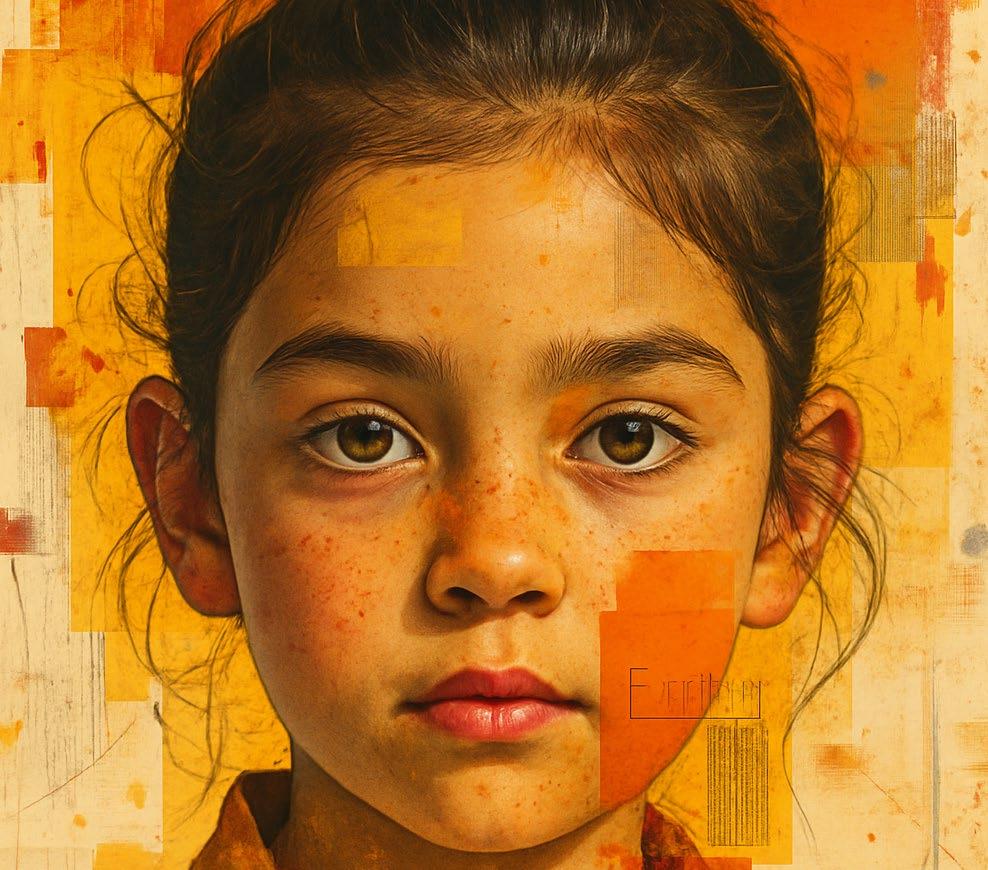
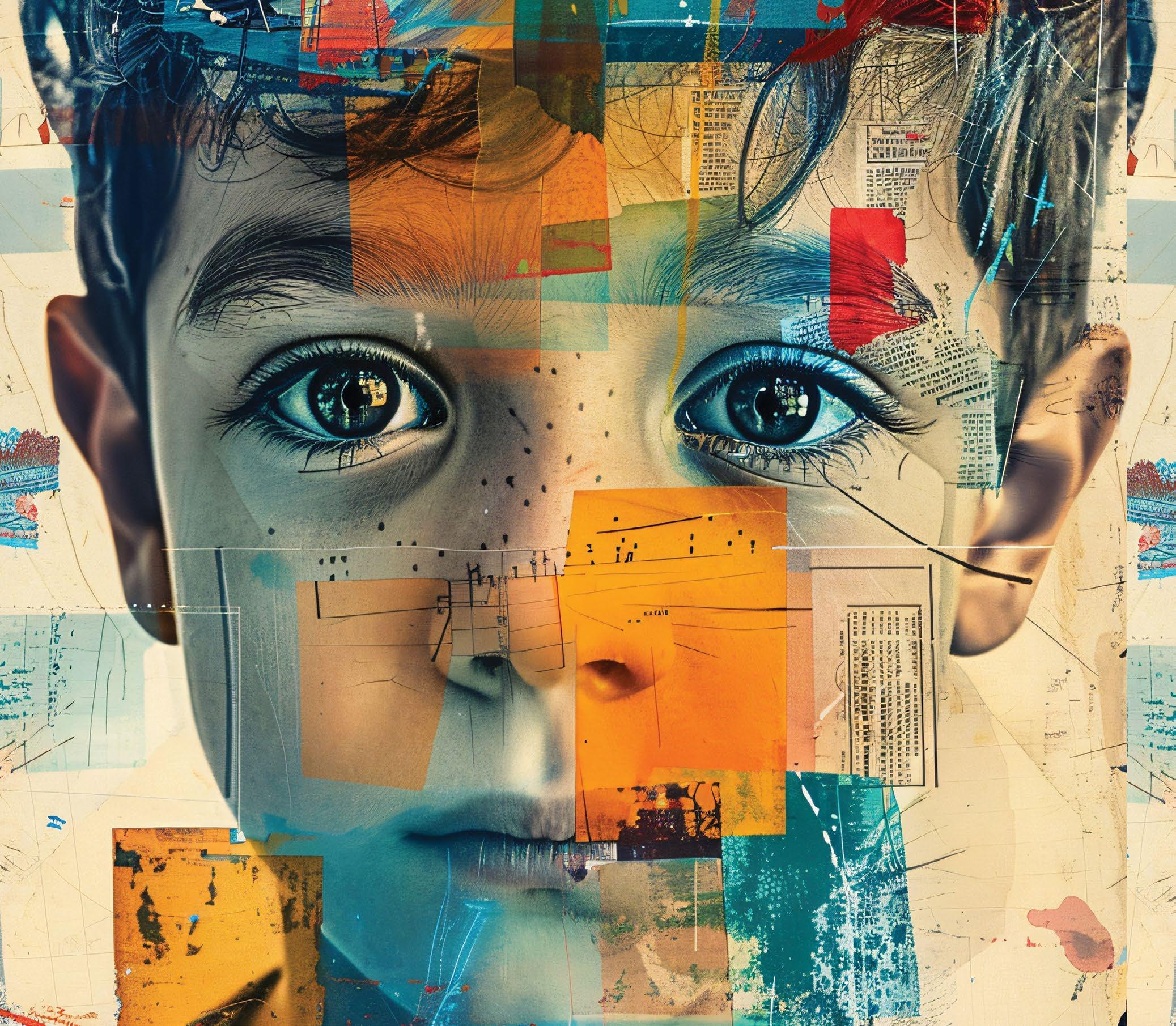

Foreword
In the evolution of humanity, two dimensions are essential in constructing the narrative of any development: the historical dimension and the social dimension. Through these, time and place record the advances and setbacks in human affairs. It is in this context that we must acknowledge two agreements that have marked a turning point in our region—particularly in multilateralism and the protection of the human seed. The Inter-American Democratic Charter and the Convention on the Rights of the Child are instruments that guide us in building societies where human beings are recognized, from their earliest days through adulthood, as subjects of rights. This is not a mere statement of principle; both the Organization of American States (OAS) and civil society organisations have taken on the task of promoting and safeguarding these rights.
Accordingly, the Inter-American Children’s Institute (IIN), as a specialized entity of the OAS, and Arigatou International, as a civil society organisation, have come together to publish this second issue of Childhood in Perspective: Reflections from the State and Faith-Based Civil Society.
One might ask why an international body would partner with faith-based organisations to promote and protect the human rights of children and adolescents. Religious values are deeply connected to the rights-based approach to childhood and adolescence. It was for this reason that leaders of various religions contributed to the analysis and drafting of the Convention on the Rights of the Child, which remains the most widely ratified human rights treaty in history. This collaboration highlights a value shared by the world’s seven most widely practiced religions—Buddhism, Christianity, the Bahá’í Faith, Sikhism, Hinduism, Islam, and Judaism— namely, the commitment to placing the dignity of children and adolescents at the center, in pursuit of more caring, just, peaceful, and fraternal societies.
In this regard, the convergence of social, political, civic, and religious values becomes even more significant in today’s context, where we are unfortunately witnessing the rise of movements that challenge the progress of human rights—especially in matters concerning the protection
of children and adolescents. This reality calls us to promote and reinforce collaboration between faith-based civil society organisations (FBOs) and the formulation and implementation of public policies. At IIN-OAS and Arigatou International, we believe that strengthening the capacities of those actors responsible for guaranteeing rights—whether from the State, civil society, or the community—is a shared responsibility. In this sense, we are committed to generating all possible synergies to extend our reach and ensure that this message touches as many lives as possible.
The articles compiled in this edition of Childhood in Perspective focus on the value of joint efforts between faith-based organisations (FBOs) and the State—on shared responsibilities and on the spaces where public protection policies converge with civil society initiatives, programs, and projects. They also underscore the importance of recognizing and appreciating the contributions of both sectors, as a means of opening pathways for dialogue and collaboration.
Before closing, we would like to share the content of the table of rights bequeathed to us in 1927 by Dr. Luis Morquio, founder of the Inter-American Children’s Institute: “10. The sum of these rights of the child forms the integral right: the right to life. The greatness of nations depends on their recognition and observance. The values of man’s destiny in a new stage of history lie in the health, joy, and unhindered education of children for culture, work, freedom, and cooperation.”
May this serve as a source of inspiration throughout the reading of these articles, which bring us closer to the visions and proposals of those of us who have made our professional work a life mission—and who walk the path from a rights-based perspective in the pursuit of societies that fully embrace the value of children and adolescents—past, present, and future.

Mag. María Julia Garcete Yegros Director General
Institute, Organization of American States

Ornella Barros Global Advocacy Leader Arigatou International
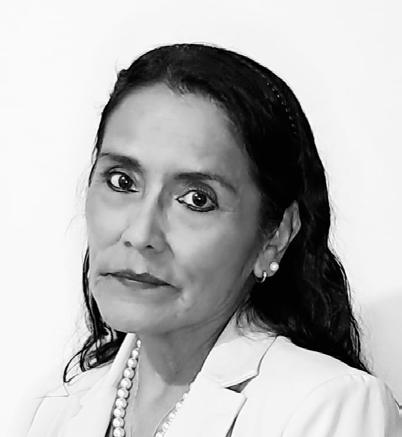

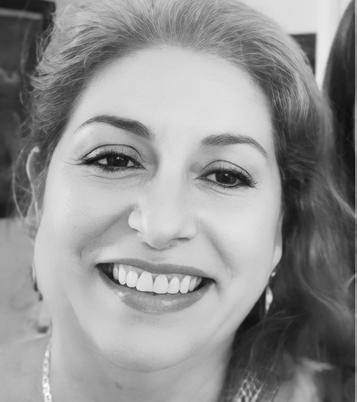
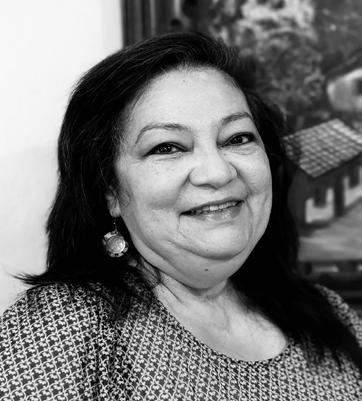
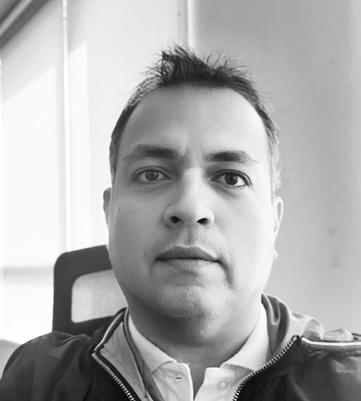
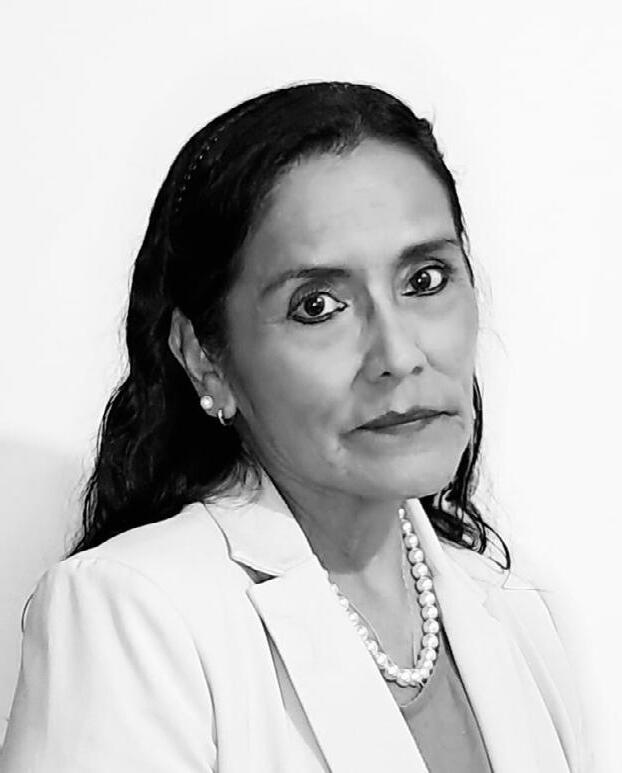
Mónica Zapata
Management Lawyer at the Directorate of Special Protection of the Ministry of Women and Vulnerable Populations, the governing body for children and adolescents in Peru. Holds a Law degree from San Martín de Porres University (USMP), Lima, Peru, and a Master’s Degree in Constitutional Law and Human Rights from Alas Peruanas University (UAP).
Completed diplomas in Law for the Protection of Children and Adolescents Without Parental Care or at Risk of Losing It; Public Policies and Management; and Prevention and Intervention in Gender and Family Violence at the National University of San Marcos (UNMSM). Also holds a diploma in Family Law: Strategic Planning in Family Conflicts from the Bar Association of Lima, Peru.
Specialist in cases involving human trafficking of children and adolescents.
Peruvian and Catholic.
Violence
Against Children and Adolescents in the Digital World: How to Protect Them
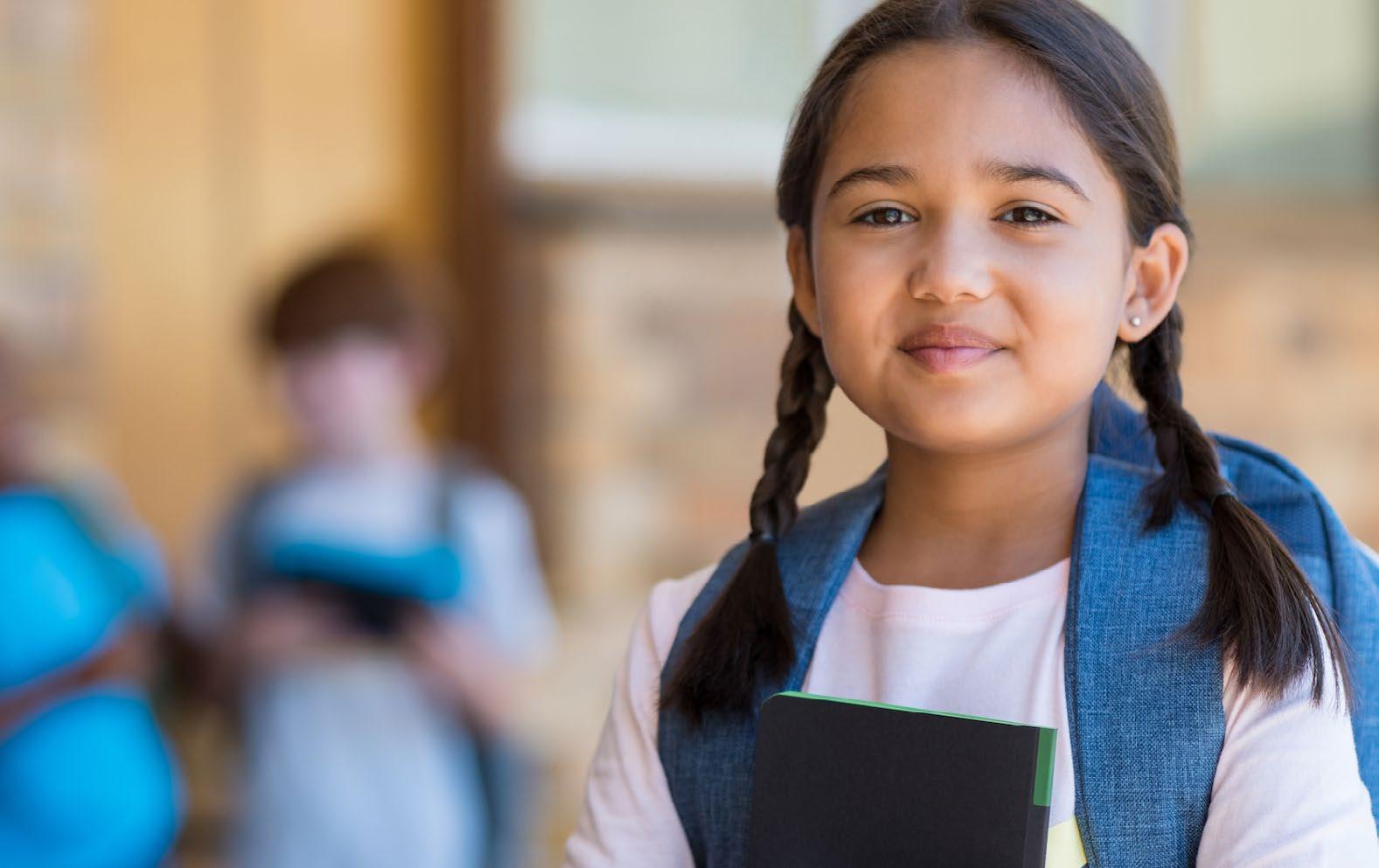
Violence against children and adolescents, in its many forms, is an issue that should concern all of us—whether as parents, children, aunts, uncles, grandparents, siblings, or simply individuals who at some point interact with this vulnerable population. It is our shared responsibility to prevent and report it.
From my work over many years in a Peruvian state institution, I have seen firsthand the reality of violence against children and adolescents—an issue that has grown more severe with the rise of social media and the digital world. Today, the Directorate of
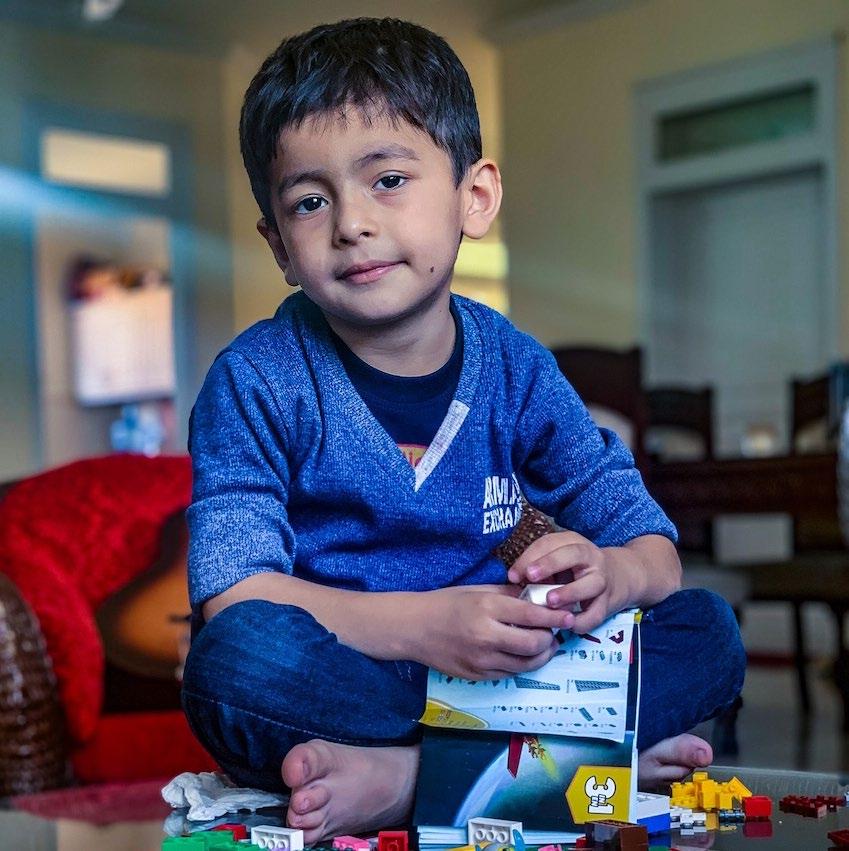
Special Protection of the Ministry of Women and Vulnerable Populations (MIMP)—a technical, regulatory, and administrative body—proposes norms, guidelines, programs, and strategies to improve the quality of services provided by the Special Protection Units (UPEs)1 in defence of children’s and adolescents’ fundamental rights. These units receive complaints from any person, institution, or authority where a violation of rights is suspected.
Globally, we have the most widely ratified human rights treaty in history—the Convention on the Rights of the Child (CRC). Yet violence against children has not ceased—not in our continent nor elsewhere. While technology has made this violence more visible (a benefit in terms of awareness),
1 he UPEs are the administrative instance of the MIMP that act in the procedure for the lack of family protection of children and adolescents without parental care or at risk of losing it; currently in Peru there are 25 at national level.
“ The CRC is the world’s most ratified treaty. ”
“
Adults often confuse parental love and care with authoritarianism, control, and ownership ”
it has also revealed deeply ingrained and historically normalized violent behaviours that many children, adolescents, and adults have come to accept as part of daily life, without realizing their complexity and long-term consequences.
Adults often confuse parental love and care with authoritarianism, control, and ownership—forms of power that can manifest as violence. Meanwhile, children and adolescents may interpret this behaviour as love, loyalty, or submission. Latin America and the Caribbean are among the world’s most violent regions, where violence is often mistaken for tradition or habit.2
Article 19 of the CRC obliges States to take comprehensive measures in all settings to protect children from all forms of violence.3
2 Course ‘Strengthening multi-stakeholder collaboration for children’s rights - States and faithbased civil society organisations’, Arigatou International and the Inter-American Children’s Institute (INN), video by Marta Santos Pais ‘Violence against Children: a silent emergency’.
3 CRC Art. 9: States Parties shall take all appropriate legislative, administrative, social and educational measures to protect the child from all forms of physical or mental violence, injury or abuse, neglect or negligent treatment, maltreatment or exploitation, including sexual abuse, while in the care of parent(s), legal guardian(s) or any other person who has the care of the child (...)’.
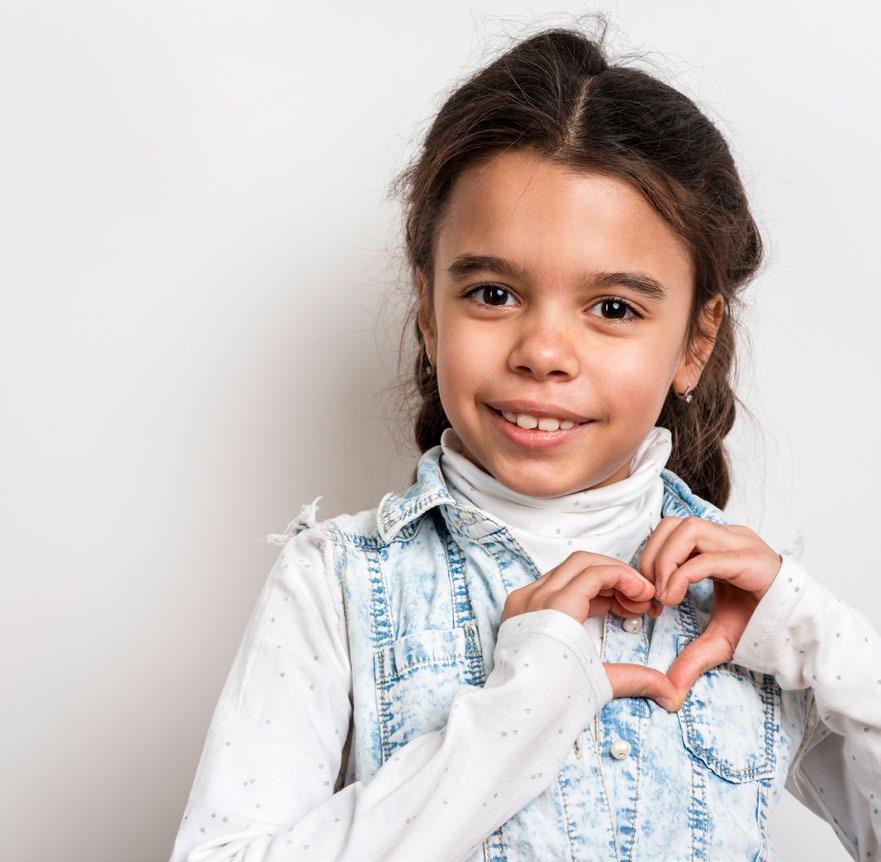
fue el primer estudio mundial completo sobre todas las formas de violencia contra las niñas y niños.
The 2006 report by Paulo Sergio Pinheiro4 to the United Nations (UN) marked the first comprehensive global study on violence against children. A decade later, the UN released a follow-up report evaluating global progress.
Since Peru ratified the CRC in 1990, it has been legally obligated to comply with its provisions. In the years since, Peru has gradually adapted its legal framework to uphold the rights of children and adolescents, who are now legally recognized as rights holders with equal opportunities, without discrimination based on sex or other distinctions. Their integrity is protected, and they are legally shielded from crimes such as torture, cruel or degrading treatment, forced labour, human trafficking, prostitution, the sale and trafficking of children, and all other forms of exploitation that violate their dignity.
4 ‘World Report on Violence against Children’, was published in February 2009. Paulo Sergio Pinheiro, independent expert, for the UN Secretary-General’s study on violence against children.
Revisión por la ONU
Since Peru ratified the CRC in 1990, it has been legally obligated to comply with its provisions.
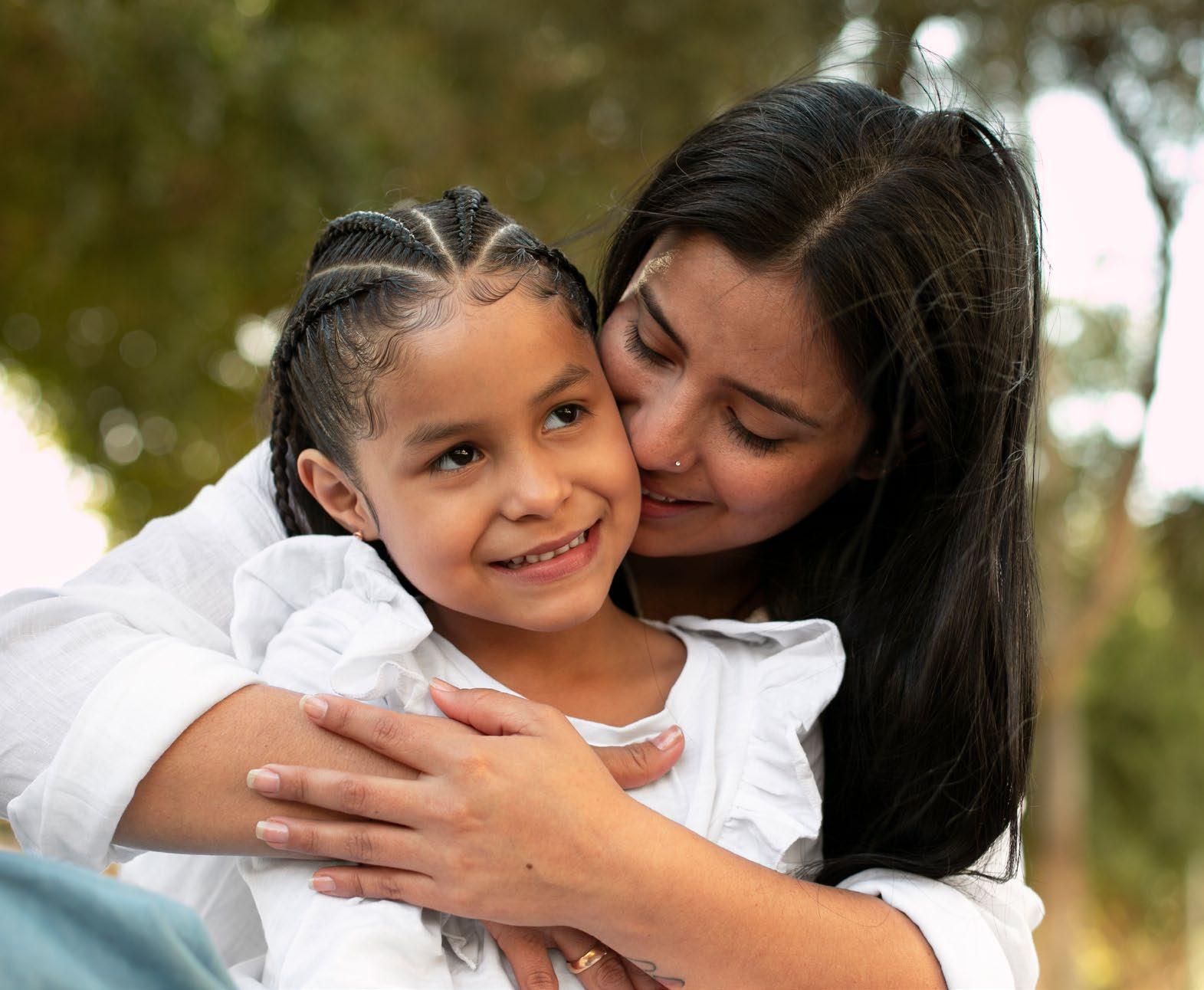
In 2014, Peru passed the Law on the Promotion of the Safe and Responsible Use of Information and Communication Technologies (ICTs) by Children and Adolescents. 5 Although the law encouraged responsible ICT use,6 and sought to protect young users from the risks of unrestricted internet access, it only came into force in 2019 with the approval of its regulation. 7 This regulation established responsible ICT use as a national priority in alignment with the best interests of the child. It called for the involvement of the private sector, civil society and regulated internet service providers to enable the blocking of websites containing pornographic or violent content. However, it was left to users to activate these filters. The rapid advance of
5 Law N°30254, ‘Law for the Promotion of the Safe and Responsible Use of Information and Communication Technologies by Children and Adolescents’.
6 Information and Communication Technology.
7 Supreme Decree N°093-2019-PCM, 13.05.2019, approved the Regulation of Law N°30254.
“
technology outpaced regulatory efforts. Private companies and public entities were largely unable to monitor or enforce content-filtering compliance, and penalties for non-compliance remained unclear or ineffective.
Meanwhile, the removal of religion from Peru’s school curriculum has contributed to a disconnection from spirituality and values among children and adolescents, leaving them vulnerable to adult content in an environment with little oversight from the state, society, or religious institutions.
The widespread belief in the use of violence as a necessary part of child-rearing has exacerbated harm— especially among girls and adolescent women, who are disproportionately affected by sexual violence. In response, the Peruvian state adopted a multisectoral approach to address the problem. A national strategy was developed to prevent and respond to violence, strengthening the child protection system through an intersectoral approach and the collaboration of multiple stakeholders, accompanied by continuous monitoring. The initiative Prevent to Protect was introduced to combat sexual violence against children and adolescents.8
The initiative Prevent to Protect was introduced to combat sexual violence against children and adolescents.
The CRC’s General Comment No. 25 acknowledges the importance of children’s perspectives and best interest, particularly in the digital world—a space not originally designed for children.
While the digital world has shortened cultural distances and expanded opportunities for children and adolescents, it has also facilitated online exploitation and abuse—particularly targeting the most vulnerable. This
8 Ministerial Resolution N°225-2024-MIMP, Lima 01.07.2024.
“
A space not originally designed for children.
”
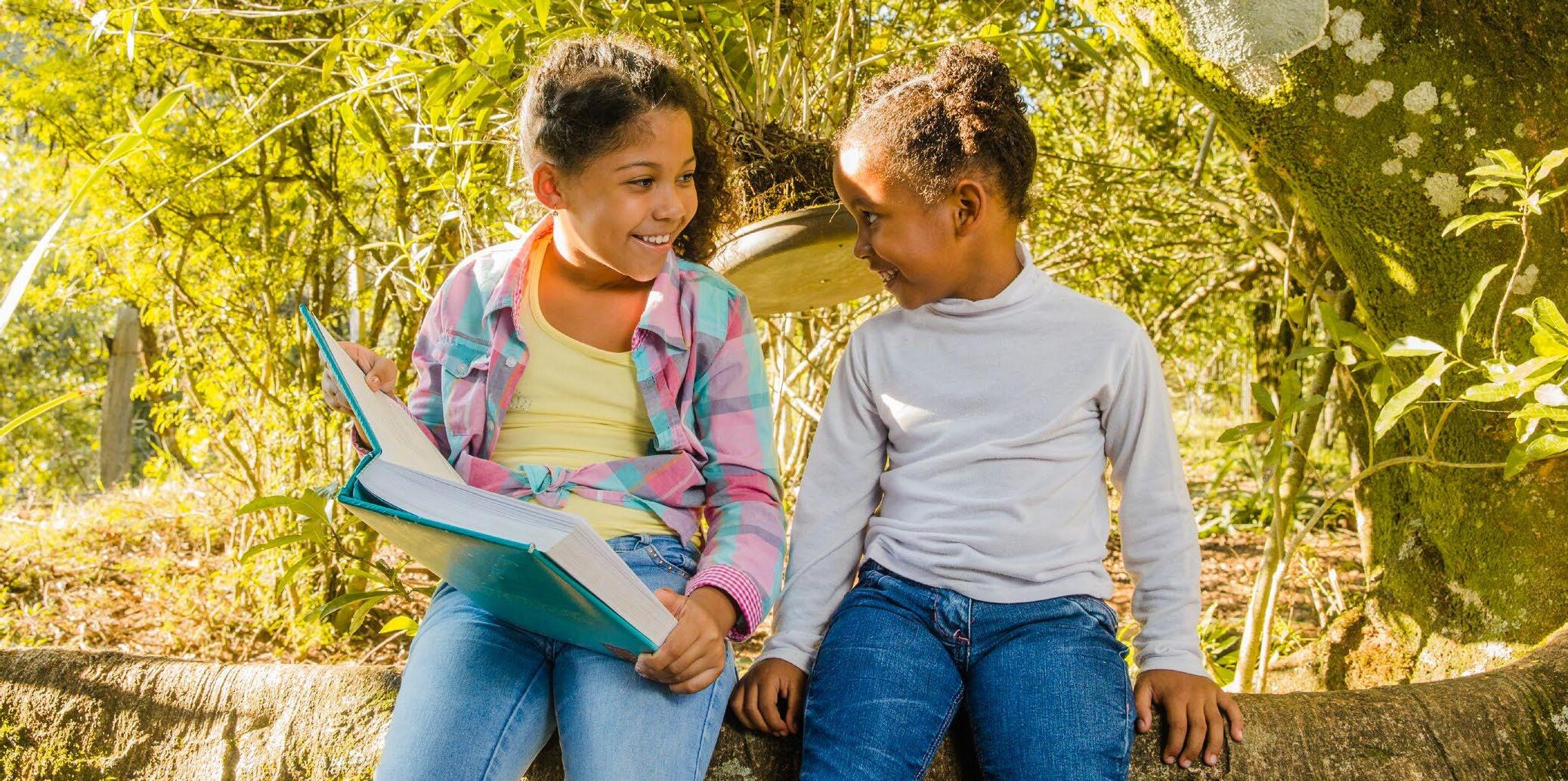
type of violence often extends beyond the victim to their entire environment, as perpetrators are frequently found within the child’s family or social circle. Technology has replaced in-person interactions between children and their families, isolating them in a digital realm that disconnects them from real-world support.
Both society and faith-based actors must reflect on their historical roles and scriptural interpretations. It is essential to highlight and promote religious texts that affirm children’s rights—especially their right to express opinions. A concerted effort is needed across all religious traditions to reemphasize values that uphold the dignity and protection of children and adolescents.
“
Violence against children as a ‘silent emergency.’ ”
Reverend Harold Segura9 has underscored the critical role of religions and faith communities in protecting children from violence.
Martha Santos Pais10 has described violence against children as a “silent emergency.” During her tenure, she helped achieve child protection legislation in more than 60 countries and spearheaded research across Asia, Africa, and Latin America—documenting that over half of the world’s children experience some form of violence.
The Catholic Church offers hope that technology can serve as a tool for faith. One example is Carlo Acutis, a 15-year-old Italian student and computer enthusiast who documented Eucharistic miracles and Marian apparitions online. Known as “God’s influencer,”11 he is credited with miracles and is on the path to becoming a saint of the digital age.
In Peru, the Ministry of Women and Vulnerable Populations provides protection to children who enter the care system under Legislative Decree No. 1297 and its regulations.12 The ministry offers family counseling,
9 Director of Faith and Development, Word Vision, Latin America and the Caribbean.
10 Special Representative of the UN Secretary-General on Violence against Children (May 2009-June 2019)
11 Special Protection Unit are in charge of the administrative procedure..
12 Legislative Decree N°1297 Legislative Decree for the protection of children and adolescents without parental care or at risk of losing parental care, which entered into force with Supreme Decree N°001-2018-MIMP.
parenting guidelines, psychological care, and psychotherapy, and coordinates with external healthcare institutions as needed. It also partners with other agencies to address the absence of family protection for children and adolescents, particularly in cases of neglect or abandonment. Regional and local governments are engaged in coordinated efforts to raise awareness and provide information about available protection services.
Crimes such as human trafficking , particularly involving children and adolescents, are increasingly prevalent in Peru, exacerbated by irregular migration and the presence of unaccompanied minors or asylum seekers. In 2023, 111 cases of trafficking were addressed. In 2024, 51 cases were recorded—90% of the victims were female adolescents between the ages of 12 and 17.
Violence against children and adolescents continues to destroy dreams and lives. Let us ensure that technology becomes a tool for life and protection—not another instrument of harm—wherever we stand.
REFERENCES
Convention on the Rights of the Child, ratified by Peru on 04 September 1990, through Legislative Resolution N°25278 and entered into force on 04 October 1990.
Arigatou International and the Inter-American Children’s Institute (INN), virtual course (2024), ‘Strengthening multi-stakeholder collaboration for children’s rights - States and faith-based civil society organisations’, academic contributions:
Pinheiro, Paulo Sergio (2009), born in Brazil, ‘World Report on Violence against Children’, independent expert, for the study on violence against children for the UN Secretary General.
Segura, Harold (2024), Colombian, Director of Faith and Development, Word Vision, Latin America and the Caribbean.
Santos Pais, Martha (2019), born in Portugal, Special Representative of the UN Secretary-General on violence against children (May 2009-June 2019)
Law No. 27337, which approved the New Code of Children and Adolescents; Platform of the Peruvian State: https://lpderecho.pe .

Dennis Rojas
Presbyter of the Methodist Church of Peru, currently completing a Master’s Degree in Divinity at UNITED Theological Seminary.
Holds a degree in Theology from the Evangelical Seminary University of Lima, with additional studies at I.U. ISEDET.
Has held various pastoral and educational roles in both Peru and Argentina.
Completed a diploma as a Fellow of KAICIID, specializing in international interreligious dialogue.
Since 2023, serves as Pastor of the Methodist Church of Pueblo Libre and Chaplain of the María Alvarado School.
drojas@iglesiametodista.org.pe
Promoting children’s rights in Peru, from an inter-religious approach
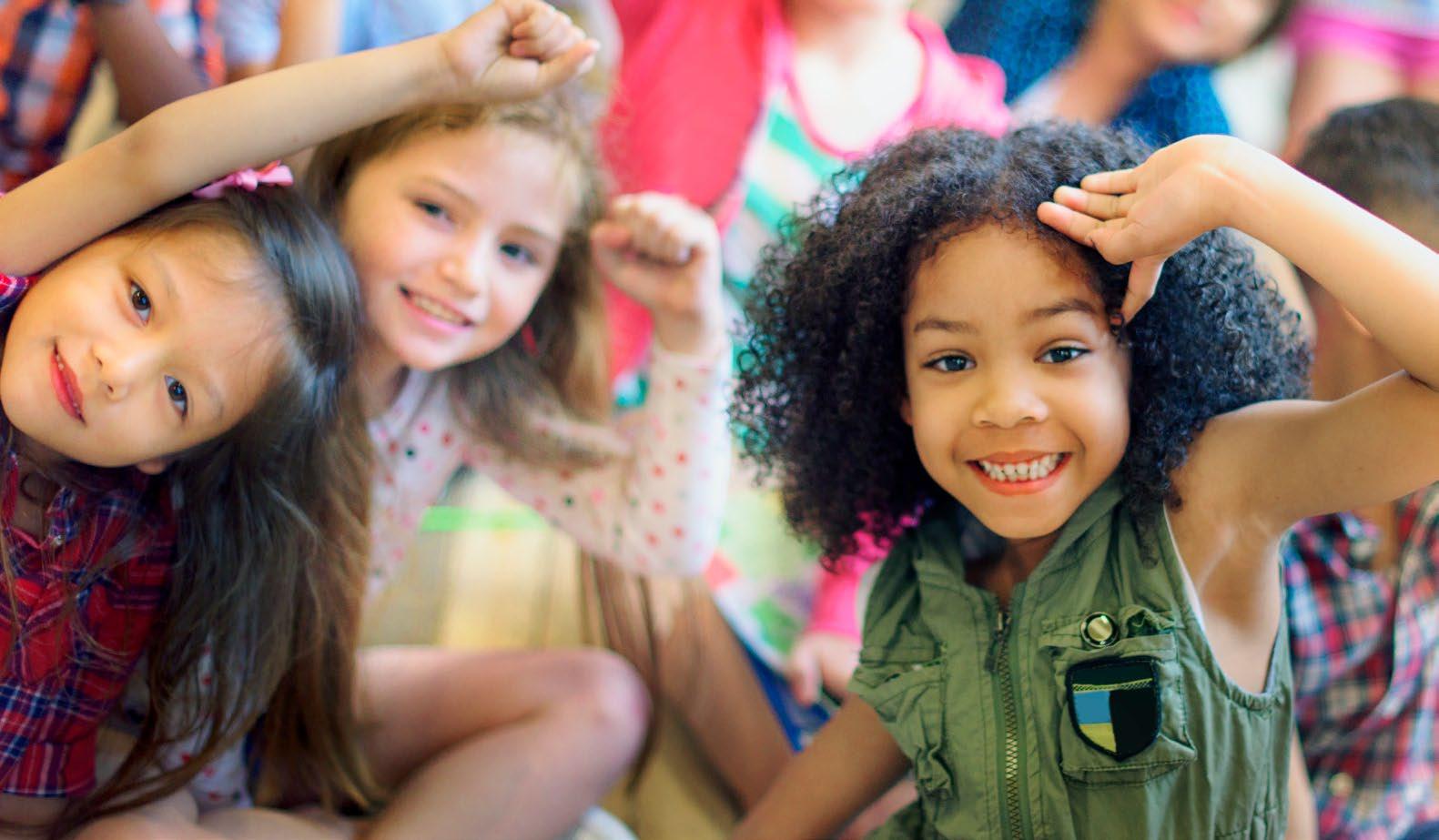
“A compatriot of mine, José María Arguedas, called Peru the country of ‘every blood’. I don’t think there is a formula that defines it better... If we dig a little, we discover that Peru, like Borges’ Aleph, is in small format the whole world. What an extraordinary privilege of a country that has no identity because it has all of them!”
Mario Vargas Llosa, In praise of reading and fiction
Speech on receiving the 2010 Nobel Prize in Literature1
1 Ministerio de Cultura, 2025, p. 6
This quote by Mario Vargas Llosa masterfully highlights Peru’s rich cultural diversity. As he suggests, the country is a melting pot of identities, which—far from being reduced to a single one—harbours a multiplicity that reflects, on a small scale, the complexity of the entire world. This vision aligns well with José María Arguedas’ notion of Peru as “the country of every blood,” where multiple cultures 2 , languages, traditions and expressions of faith converge and intertwine, creating a plural and dynamic identity.
However, the protection of children’s rights in contemporary Peru remains a significant challenge. Despite legal progress and public policies aimed at guaranteeing children’s well-being, many still face vulnerability due to poverty, violence, and unequal access to education and health care. The COVID-19 pandemic further exacerbated these issues, putting children’s holistic development at risk.
In this context, religious communities hold enormous potential to promote and defend children’s rights. Beyond doctrinal differences, diverse faith traditions share fundamental principles such as human dignity, social justice, and the duty to protect the most vulnerable. Nevertheless, a lack of coordination and strategic planning has limited their impact. This article proposes an interfaith approach to enhance collaboration among these actors and to translate shared values into concrete actions that secure a safe and inclusive future for all children in Peru.
2 Ministerio de Cultura del Perú. (2018). Informe sobre la diversidad cultural y los derechos de los pueblos indígenas en el Perú. Ministerio de Cultura. https://www.gob.pe/cultura
The Potential of an Interfaith Approach to Child Protection
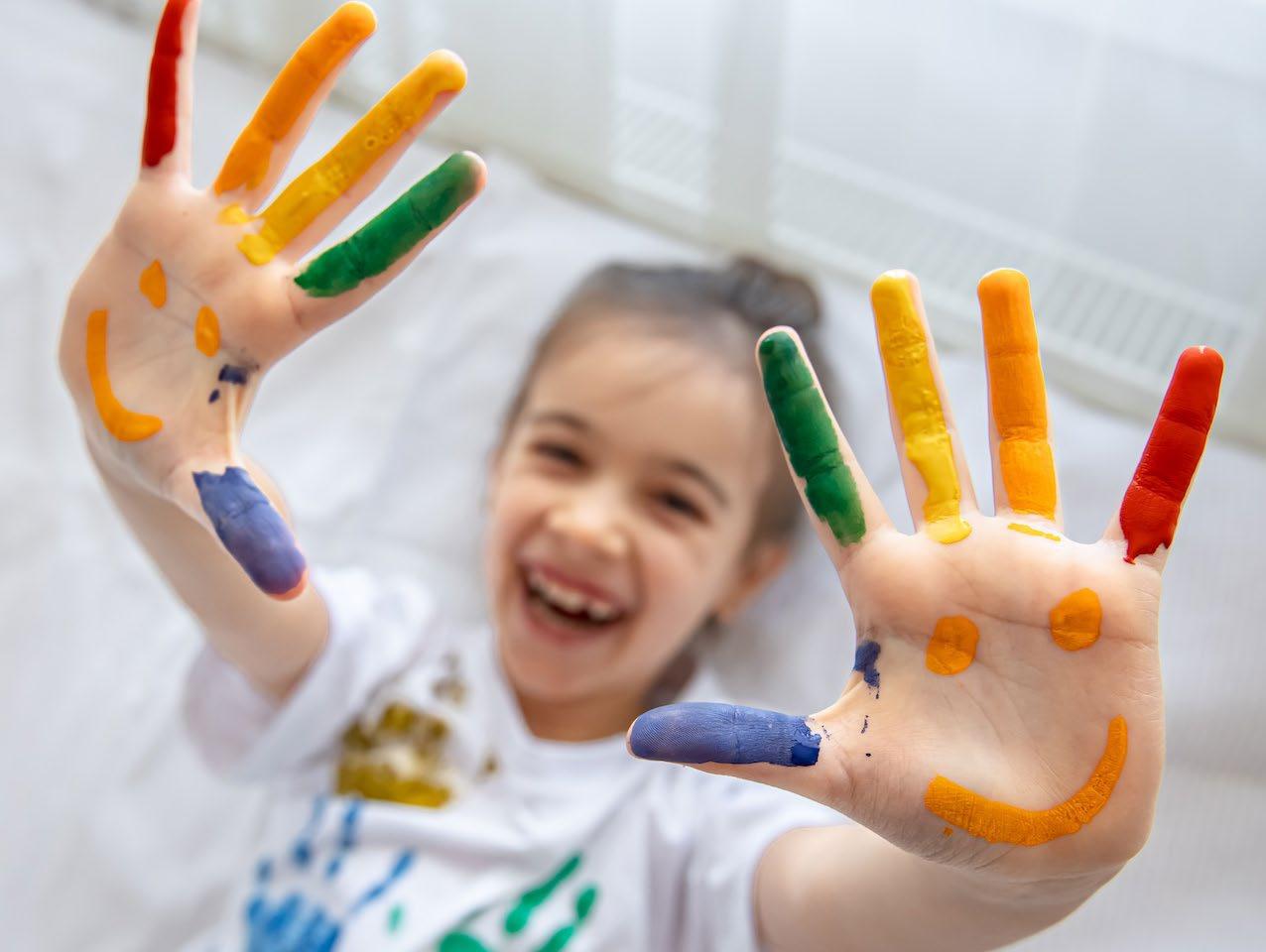
Context of Child Rights in Peru
Despite international commitments and national policies, children in Peru continue to face multiple forms of violence and exclusion. The main challenges include:
Impact of the pandemic
Cinco años después del inicio de la crisis sanitaria, el Perú sigue experimentando los efectos de la pandemia en el desarrollo de la niñez. Las brechas educativas se han
ampliado significativamente, la interrupción de procesos escolares ha dejado secuelas en el aprendizaje, y los sistemas de protección infantil, ya debilitados, aún no han logrado una recuperación plena. Esto ha generado un entorno de mayor vulnerabilidad para los niños y niñas, especialmente en los sectores más desfavorecidos.
Social inequalities:
Despite efforts, poverty and social exclusion still restrict many children’s access to essential services like education, health care, and nutrition. The pandemic deepened these inequalities, with persistent development gaps most visible in rural and marginalized urban areas.
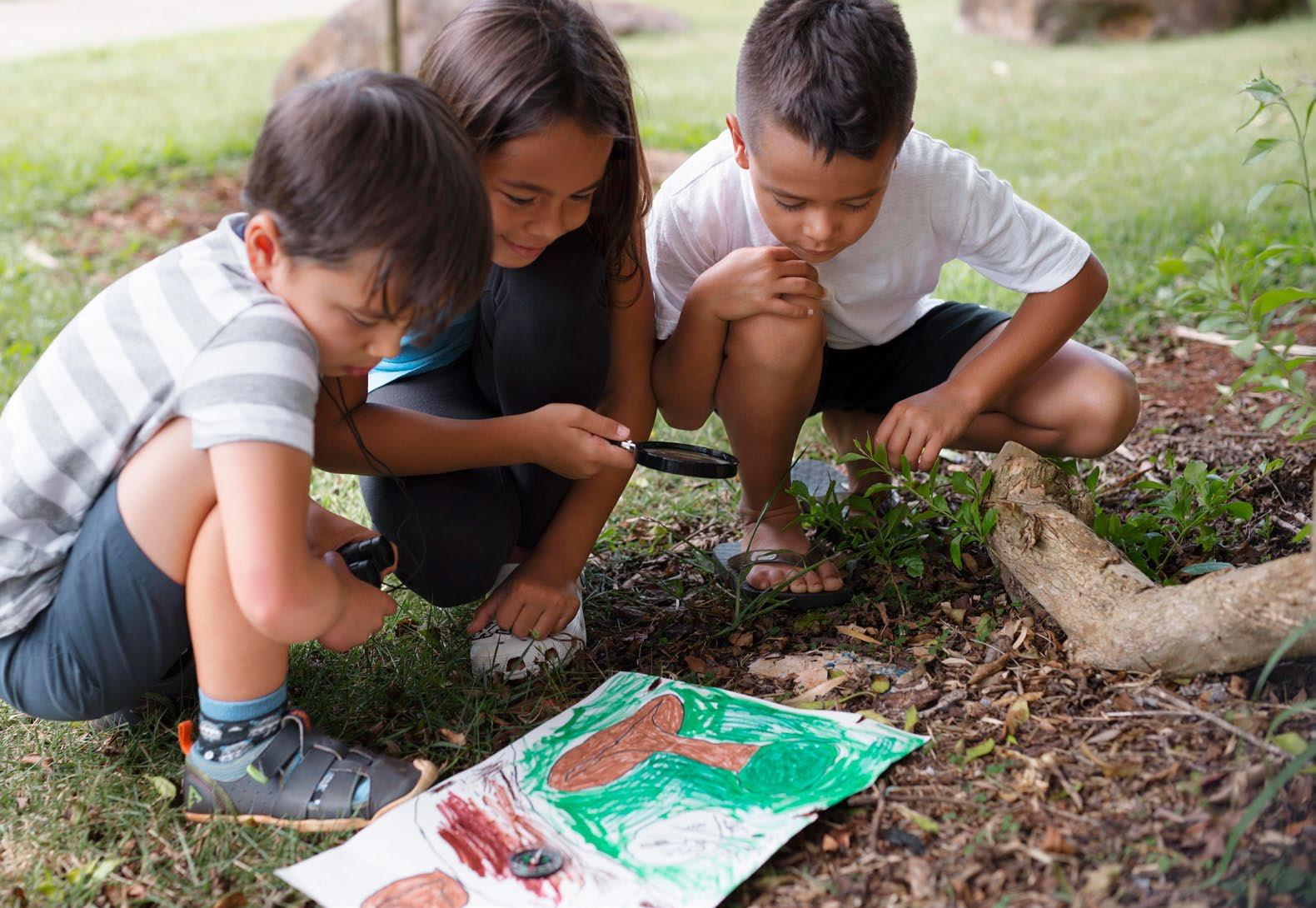
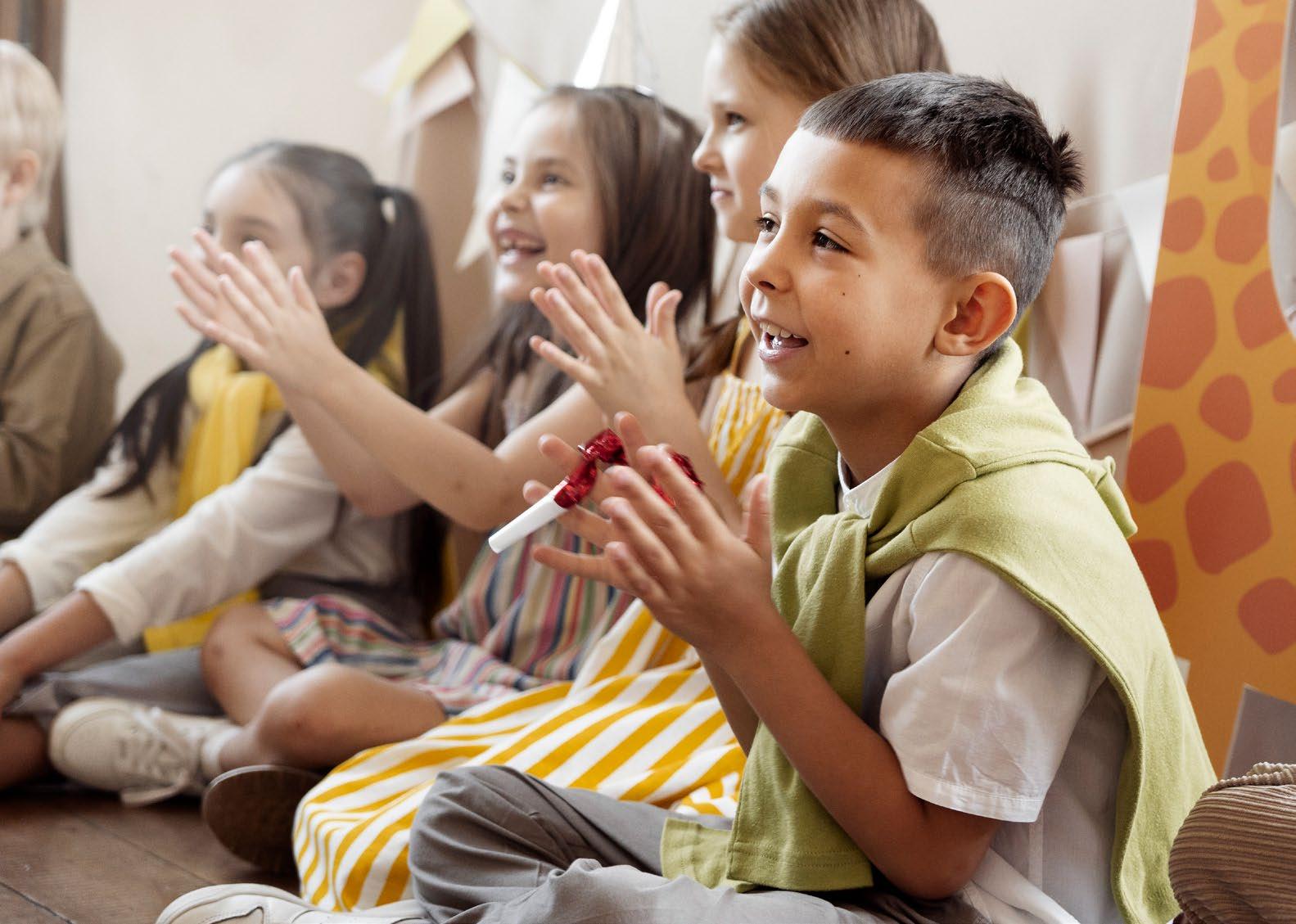
Violence and abuse:
Domestic violence, child abuse, and labour exploitation remain serious issues affecting children in Peru. Although some preventive measures have been introduced, inequitable access to protection services and psychological support limits their effectiveness.
The role of religious communities
Peru is a country of rich spiritual diversity3 . This plurality offers a strong ethical and communal foundation to advance children’s rights.
3 Romero, C. (2016). Diversidad religiosa en el Perú: Miradas múltiples, p. 13https://www.gob.pe/cultura |
Through support networks, aid programs, and community initiatives, faith actors strengthen child protection systems.
Religious communities have historically played a role in supporting and protecting children. Their widespread presence and influence in the daily lives of families make them key allies in defending children’s rights.
All religious traditions share core values like respect for human dignity, social justice, and the protection of the vulnerable—offering fertile ground for strategic alliances.
Furthermore, these communities are deeply embedded in diverse social contexts, giving them a unique capacity for crisis response—whether during health emergencies, natural disasters, or episodes of violence. Through support networks, aid programs, and community initiatives, faith actors strengthen child protection systems by creating safe spaces and providing support where it is most needed.
Toward Coordinated Action
Multiple child-focused organizations and global initiatives are actively supporting the child rights agenda in Peru. Among them is the Global Network of Religions for Children (GNRC),4 an international interfaith network that brings together organizations and individuals from diverse faith traditions, united by a shared commitment to promote and protect children’s rights worldwide. Action for Children5 is a leading organization known for developing innovative and sustainable initiatives. It focuses on advancing a social justice agenda, strengthening programs and public policies to guarantee the rights of children and adolescents, protecting them from gender-based violence, and promoting their holistic development. Aldeas Infantiles SOS Peru,6 works to promote and defend the rights of children, adolescents, and young people, particularly those who have lost parental care or are at risk of losing it.
World Vision Peru, 7 an international NGO with more than 40 years of presence in the country, is dedicated to transforming the lives of children and adolescents, ensuring that they grow up in safe and protective environments.
The Interreligious Council of Peru – Religions for Peace, which unites 16 religious entities to promote peace and justice, and the Child in the Centre Program (Programa Centralidad de la Niñez - PCN), under the motto “Let’s change history: 0 violence, 100% kindness,” have made strides. However, broader collaboration is still lacking.
4 https://gnrc.net/
5 https://www.accionporlosninos.org.pe/
6 www.aldeasinfantiles.org.pe
7 https://worldvision.pe/ |
“ A lack of coordination… has limited their impact. ”
“ …without common guidelines… initiatives often remain isolated and less effective. ”
Despite the enormous potential of religious communities, several barriers persist that limit their impact on child protection at the national level. One of the primary challenges is the lack of interreligious collaboration. Currently, there is no consolidated platform to facilitate joint action across religious traditions, leading to fragmented efforts and diminished reach and impact.
Another significant limitation is the shortage of resources. Inadequate funding and a lack of specialized technical support hinder the implementation of sustainable, long-term projects. This issue is further compounded by the absence of clear strategies: without common guidelines to align and coordinate the actions of religious communities, civil society, and the state, initiatives often remain isolated and less effective.
Building Synergies to Strengthen Child Protection
Addressing these limitations requires building synergies between religious communities, the state, and civil society to reinforce existing child protection programs and policies. Rather than creating new structures, more effective articulation is needed to leverage the ethical, organizational, and community strength of faith-based actors.
A first step is to create spaces for interreligious dialogue, where leaders and civil society representatives can share experiences and commit to collaborative action. These dialogues would foster a culture of respect for children’s rights and generate tangible commitments—such as supporting the National Strategy to Eradicate Violence Against Chil-
dren and Adolescents and the Ministry of Women and Vulnerable Populations’ protection policies.
The development of ethical guidelines —based on shared values across faiths— would also help guide collaboration with existing protection programs. These could enhance faith-based advocacy within Women’s Emergency Centers, Municipal Ombudspersons for Children and Adolescents (DEMUNA), and violence prevention efforts at local level.

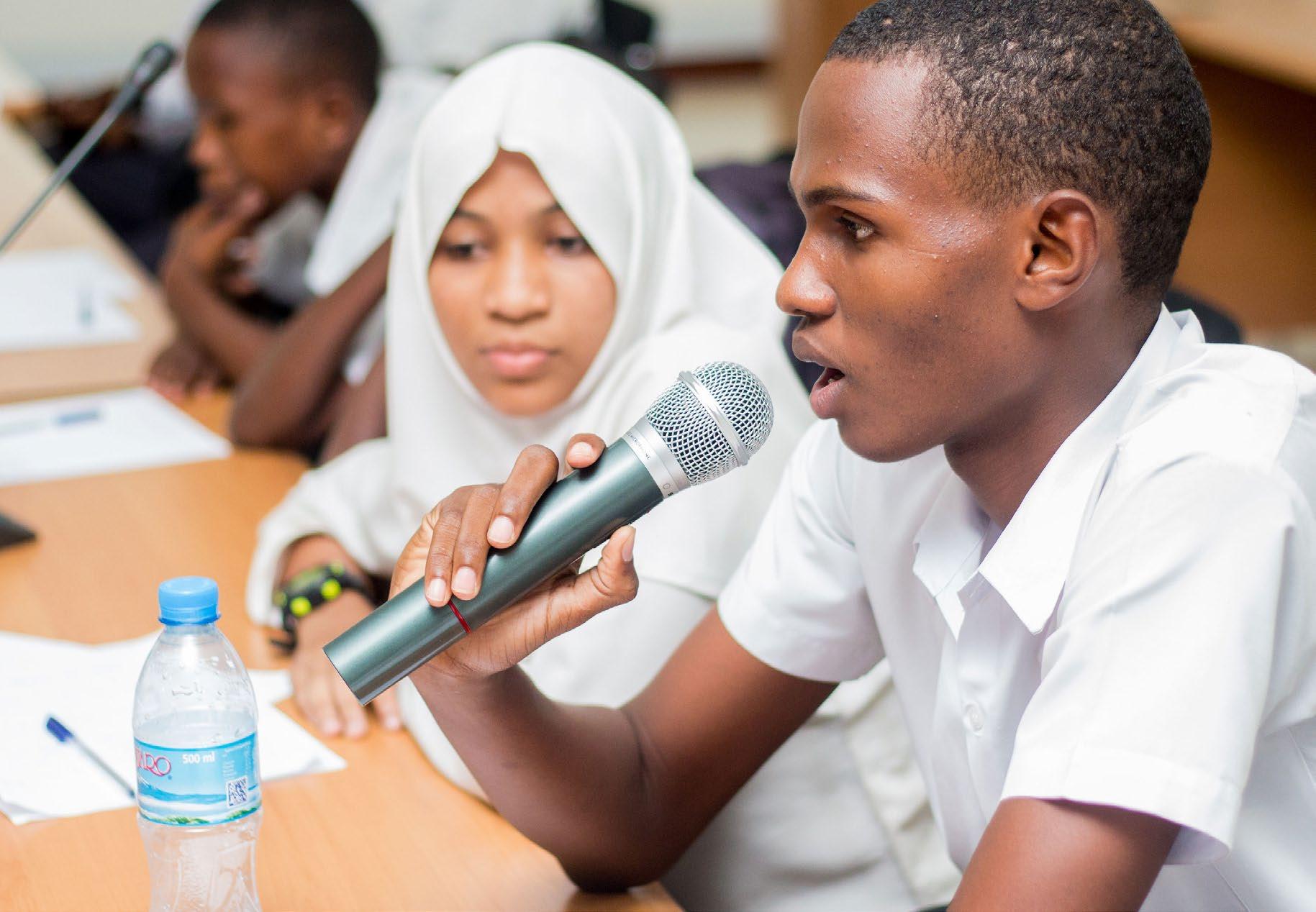
Further, collaborative social action projects should serve as strategic complements to national efforts to combat abuse, malnutrition, and school exclusion. Partnerships among religious communities, development organizations, local governments, and child protection agencies are crucial for this purpose.
Key stakeholders in promoting such synergy include the Methodist Church of Peru, the GNRC, the Ministry of Women and Vulnerable Populations, UNICEF Peru, and various ecumenical and interreligious human rights organizations. Integrating their efforts under shared objectives is vital to build a safe, dignified environment for all children.
Conclusions
Promoting children’s rights in Peru requires a holistic and collaborative approach involving the state, civil society, and religious communities. A structured interfaith approach will not only reinforce child protection but also foster a more just and inclusive society. Translating faith into action is a moral imperative to ensure the well-being and future of children.
Initiatives like GNRC, the Interreligious Council of Peru, Religions for Peace and PCN, as well as organizations like Action for Children, AISOS, SOS Peru, and World Vision Peru, are examples of how faith communities can come together to work for children, with actions to prevent violence and promote children’s rights and dignity. It demonstrate how cross-sector collaboration can yield sustainable, positive change for the most vulnerable.
However, to fully realize their potential, ongoing barriers—such as lack of coordination, insufficient training, and limited funding—must be overcome. Only through committed, unified action can we ensure that all children in Peru, regardless of their background, grow up in environments of tenderness, justice, and hope.
REFERENCES
Banco Mundial. (2022). Impacto de la pandemia en la educación de América Latina.
Defensoría del Pueblo. (2022). Informe sobre la situación de la niñez en Perú.
Kaiciid. (2021). Diálogo interreligioso y derechos humanos.
Red Global de Religiones a favor de la Niñez (GNRC). (2020). El rol de las religiones en la protección infantil.
UNICEF. (2023). Estado de la niñez en el mundo.
Romero, C. (2016). Diversidad religiosa en el Perú: Miradas múltiples.
Ministerio de Cultura del Perú. (2018). Informe sobre la diversidad cultural y los derechos de los pueblos indígenas en el Perú. Ministerio de Cultura.
Ministerio de Cultura del Perú. (2025). La diversidad cultural en el Perú. Ministerio de Cultura.
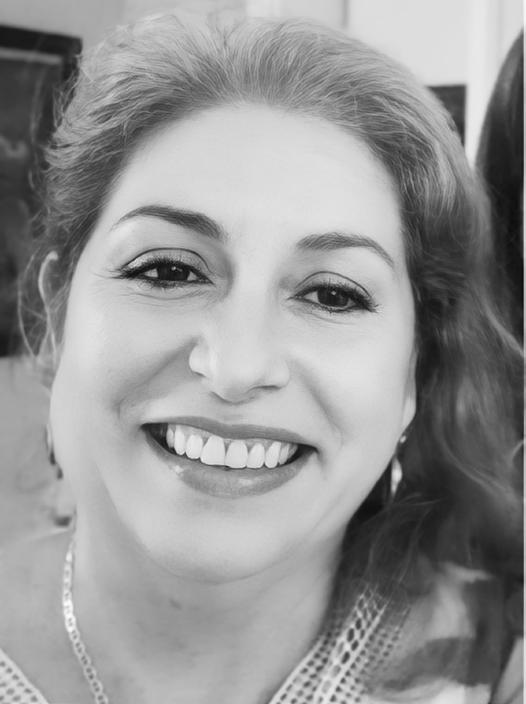
Susana González
Master’s student in Educational Sciences at the Faculty of Philosophy, National University of Asunción. Holds a degree in Systems Analysis from the Polytechnic Faculty of the National University of Asunción, and a specialization in University Didactics from the Rectorate of the same institution.
Educator with over 25 years of experience at both secondary and higher education levels. Active in the Bahá’í Councils and Institutes of Paraguay since 1996.
Representative of the Bahá’í Faith in the Permanent Forum for Interreligious Dialogue in Paraguay, currently serving as Secretary of the Executive Committee.
Collaborates with international organizations including Arigatou International, Religions for Peace, the Inter-American Women’s Committee of Religions for Peace, Woman of Global Peace Area, and FIDELA – Latin American Federation for Interreligious Dialogue.
Parental Rights: New times, new approach
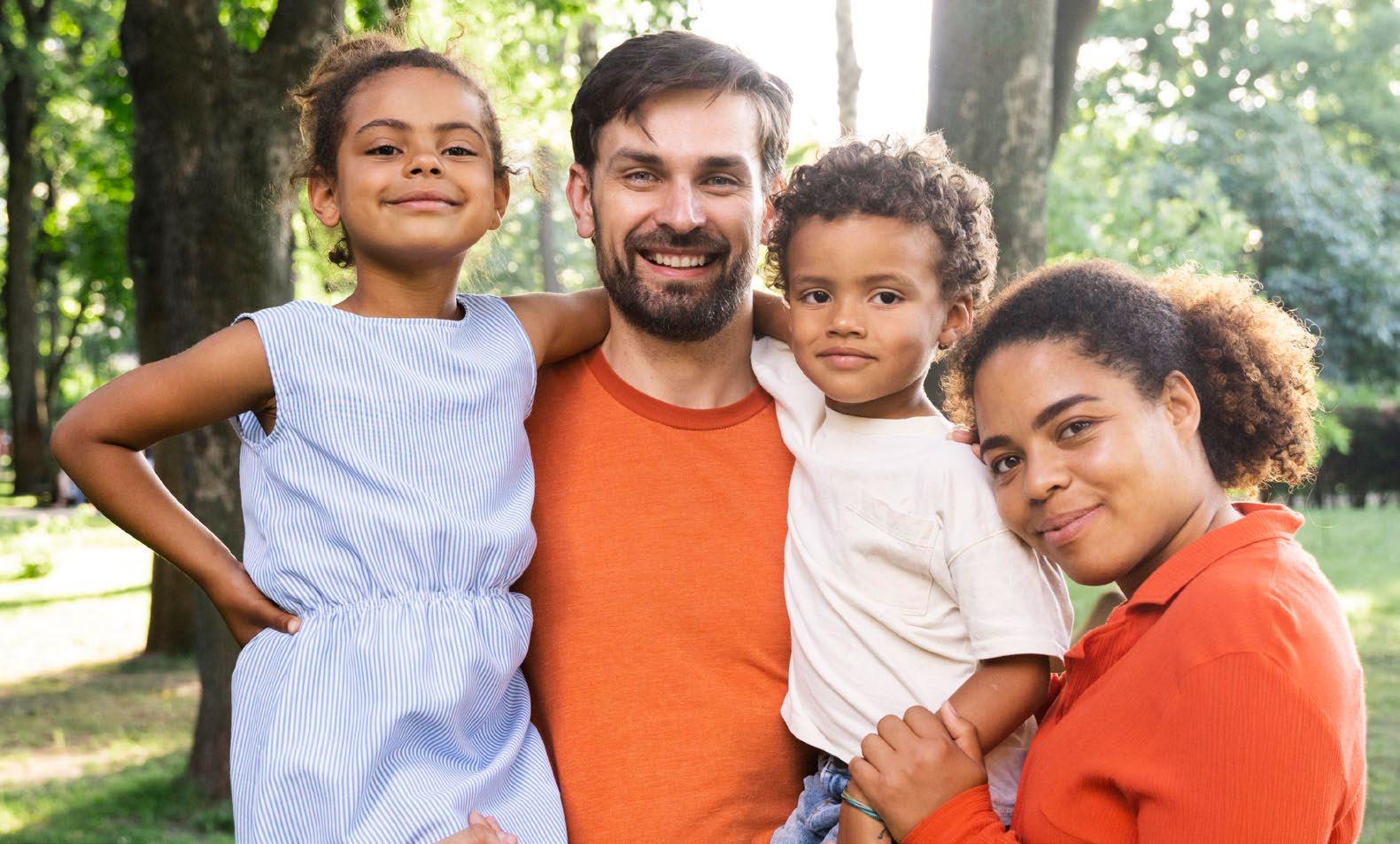
This article explores the critical intersection between parental rights and the Convention on the Rights of the Child (CRC)–the international legal framework that establishes minimum standards for the well-being and comprehensive development of children and adolescents.
The CRC not only recognizes children and adolescents as subjects of rights, but also explicitly outlines the fundamental requirements necessary to ensure their effective participation in all matters that affect them.

These requirements go beyond merely allowing children to be physically present in discussions. They demand the creation of environments in which children’s voices are heard, valued, and considered in a meaningful way—recognizing their capacity and right to influence the decisions that shape their lives.
Therefore, parents and caregivers must ensure that the information shared with children is truthful and presented in a way that is understandable to both parties. Participation must be voluntary—children should feel safe to express themselves, without coercion or threats. The perspectives of children and adults should be regarded as equally important. Information should be relevant to the topic and appropriate to the moment of discussion. Topics must be presented in ways that align with children’s evolving capacities, considering their age and maturity, and using familiar tools and resources. All individuals should be included, and all viewpoints should be considered.
In short, communication should be transparent, informative, voluntary, respectful, relevant, accessible, inclusive, safe, accountable, and supported by adult training. The choice of topics, methods of communication, and resulting decisions must be monitored, evaluated, and backed by accountability mechanisms.
General Comment 121 breaks down the right to be heard. Listening is as important as expression. Children must feel safe and secure when sharing their views, and adults are responsible for creating an active listening environment. Children should be able to form their judgments and express their opinions freely, while adults must respect and value these opinions, taking into account the child’s age and maturity.
1 Recuperado de https://www.upla.cl
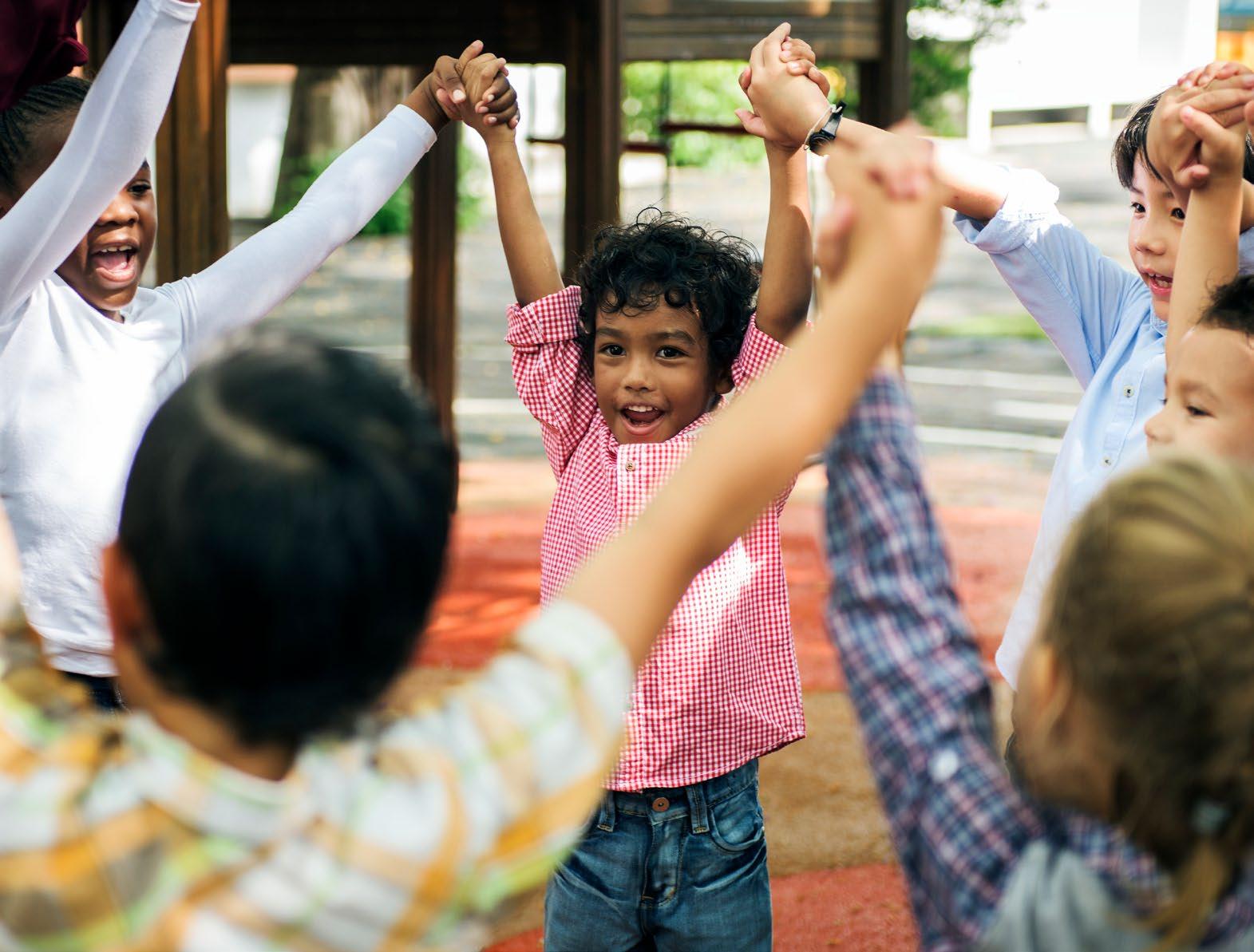
When designing spaces for child participation, the frameworks developed by Roger Hart and Laura Lundy provide useful guidance. Their approaches align with the nine basic requirements for ethical and effective participation set out by General Comment 12, emphasizing the essential role of adults in facilitating effective participation. Hart2 defines participation as the capacity to express socially recognized decisions that impact one’s life or community. He emphasizes the need for access to information and meaningful experiences. He views child participation as a collaborative process that fosters trust, initiative, and mutual learning between adults and children, and sees it as a fundamental human right in a democratic society.
2 Recuperado de https://www.sename.cl/wsename/otros/participacion_2013/Ciudades_amigas_infancia/ participacion_infantil.pdf
Laundy3 identifies four essential elements for effective participation: first, children must have access to a safe and inclusive space where they feel free to express their views; second, they should be provided with adequate information to help them form and articulate their opinions; third, there must be a receptive audience—individuals with the responsibility to listen to what children have to say; and finally, children’s views must carry influence, meaning their opinions should be taken seriously and acted upon where appropriate.
Contribution of the Bahá’í Faith4
From the Bahá’í perspective, consultation is a tool whose primary purpose is to achieve consensus in the search for truth, decision-making, and conflict resolution, while promoting participation among all involved. Consultation can be applied in a variety of settings: family, school, neighbourhood, community organizations, clubs, and associations.
To achieve these objectives, participants must cultivate certain spiritual qualities during the process, such as active listening, empathy, openness to new ideas, a learning attitude, the elimination of prejudice, and respect for time and turn-taking. Certain essential conditions must also be met, including adherence to procedural norms that underscore the importance of freedom of expression in reaching consensual decisions and taking effective action.
3 Recuperado de https://www.sename.cl/wsename/otros/participacion_2013/ Ciudades_amigas_infancia/participacion_infantil.pdf
4 Recuperado de https://www.immerse-h2020.eu
“ Children must feel safe and secure when sharing their views, and adults are responsible for creating an active listening environment. ”
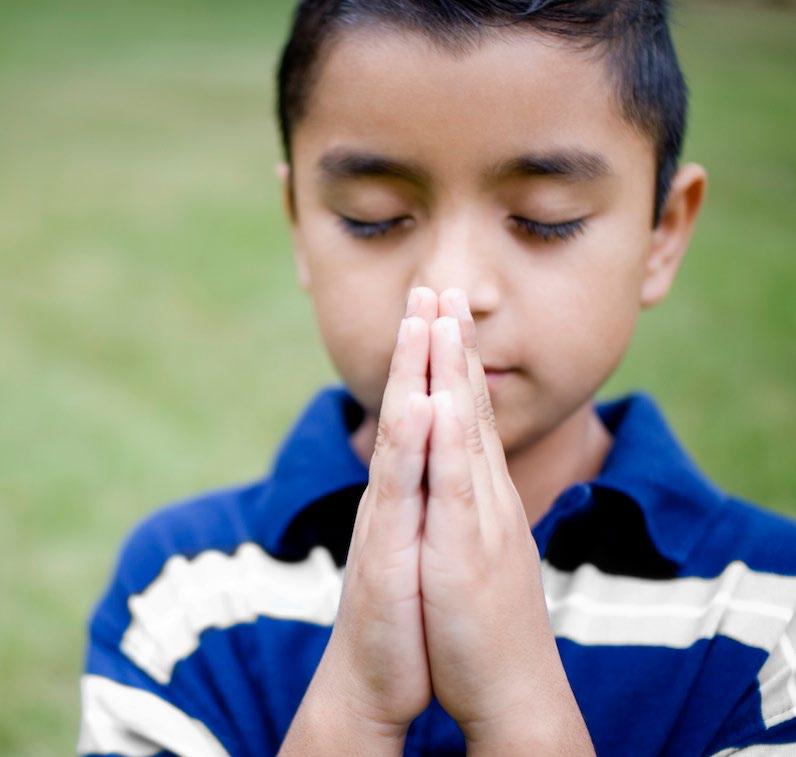
Because consultation enables universal participation in decision-making processes that affect all involved, children must be educated in its use from an early age. This not only supports their personal development but also strengthens their families and communities.
Consultation is a powerful method that fosters participation among all social actors. Key elements include spiritual qualities that participants must develop—such as purity of intention, spiritual insight, detachment, attraction to the divine, humility, patience, and a spirit of service.
“
Consultation is a powerful method that fosters participation among all social actors.. ”
Consultation also requires essential conditions such as harmony, love, and the pursuit of spiritual guidance. These are framed by procedural norms grounded in devotion, courtesy, dignity, care, and moderation.
Encouraging the free expression of diverse viewpoints is essential for discovering truth, understanding situations, and developing viable solutions. In this context, spiritual qualities, essential conditions, and procedural norms take on significant value, as freedom of expression depends on them for consensual decisions and effective action.
Since human beings must be educated in all areas that enable their spiritual development, the importance of instilling the practice of consultation in children from a young age cannot be overstated. Doing so will enrich their lives and, by extension, their communities.
In a spiritual environment, procedural norms flourish—devotion nurtures courtesy, dignity, care, and moderation.
Another principle of consultation is the collective obligation to accept and support decisions made by the majority. The degree to which the necessary conditions and spiritual qualities are met determines the effectiveness of the consultation process.
Educating children and adolescents in consultation from an early age equips them with a powerful tool for improving their lives and communities through truth-seeking, conflict resolution, and participatory decision-making.
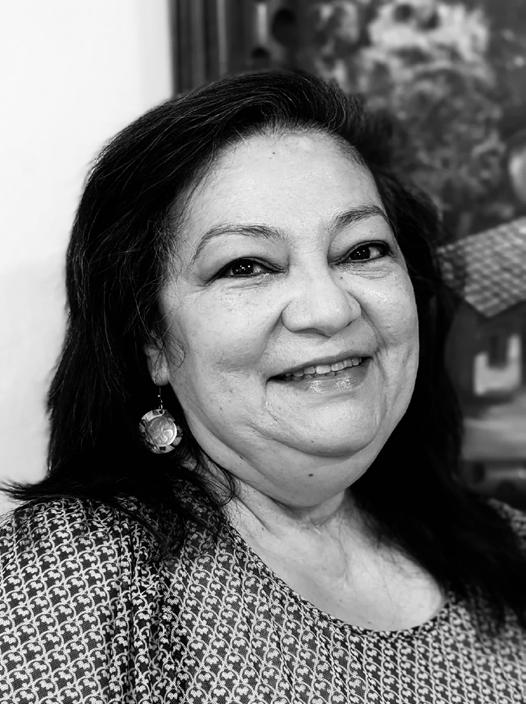
Lesli Pineda
Bachelor’s degree in Journalism. Master’s in Economics and Development Planning from the National Autonomous University of Honduras. Evangelical Christian. Social educator specialising in violence prevention, prevention of child sexual abuse, positive parenting, parenting with tenderness and love. Holds multiple diplomas in mental health and pastoral care, mental health and trauma, grief, forgiveness, gender and theology, parenting approaches, school for parents, pastoral counselling and guidance, family counselling, masculinities, feminism and theology, disability and sexuality, and disability and family support.
Public
Policies and Parental
Rights:
Ensuring Children’s Well-being Under the Convention on the Rights of the Child
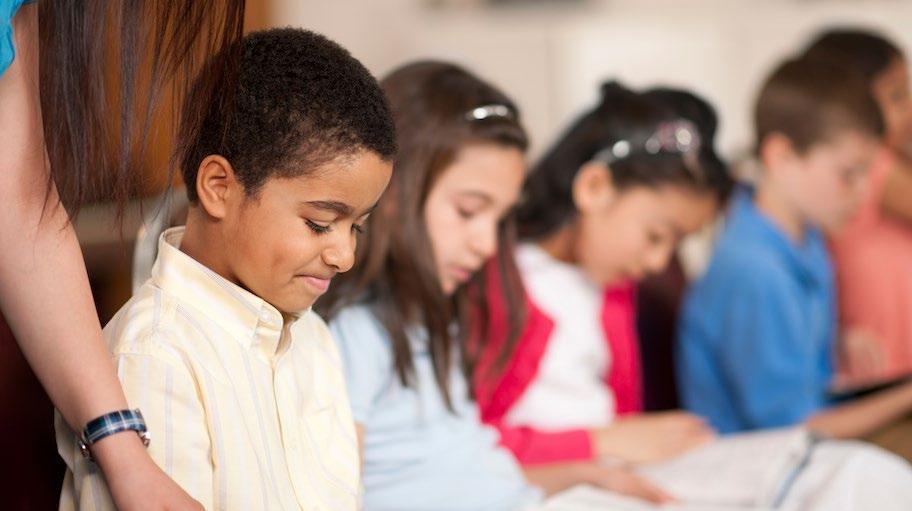
“The way children are treated is the way they will treat society”.
Karl Menninger
Violence is understood as the use of force involving an abuse of power; it manifests itself on multiple levels. However, it is often within close relationships that violence is conceived, perpetuated, and normalized.1 The World Health Organization defines violence as “the deliberate use of force or power that can cause physical, psychological, or social harm.”2
1 Heritier, Francoise, cited by Alberto Vásquez in “Resiliencias y sentido del humor. Herramientas posibles para el trabajo del psicólogo con adolescentes en situaciones de pobreza” dissertation, Faculty of Psicology, Catholic University of Uruguay, Montevideo, December 2055
2 “informe mundial sobre la violencia y la salud, Organización Mundial de la Salud, Ginebra 2002
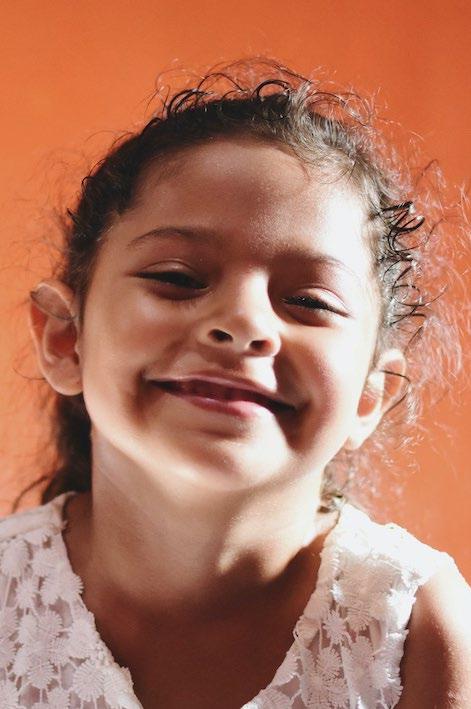
“ Physical punishment… perpetuates control and subjugation, dehumanizing children ”
Johan Galtung3, distinguishes three interrelated forms of violence: direct violence, expressed in visible acts and specific behaviours; cultural violence, rooted in social norms and values that legitimize direct violence and are reflected in attitudes; and structural violence, which is indirect and generates inequality and injustice by denying people’s basic needs.4
3 Johan Galtung was a Norwegian sociologist and mathematician, known as the father of peace studies, who developed an academic understanding of peacebuilding, researching peace and social conflict.
4 Hueso Garcia, V. “Johan Galtung, La transformación de los conflictos por medio pacíficos” in Cuadernos de estrategia No. 111, ISSN 16976924.2000 pp 125-159 http//dianet.unirioja.es/articulo? (Garcia)(21.12.2018)
During the 2019 health emergency, domestic violence intensified, highlighting the troubling perception that violence and abuse are common methods of interaction with children and adolescents. Physical punishment, often wrongly perceived as a form of discipline, perpetuates control and subjugation, dehumanizing children and reducing them to objects by exploiting the adult’s position of power.
Honduras presents alarming figures related to child abuse, particularly sexual abuse, with an average of 4.6 daily reports of child victims of sexual violence between 2016 and 2020.5 Official data from the first half of 2025 reported 260 cases of child rights violations, including physical, sexual, and emotional violence, neglect, and exploitation.6
Child mistreatment causes trauma7 with biochemical effects on the brain, disrupting emotional regulation and leading to stress, irritability, aggression, and poor ethical development. Recent studies in the United States have analyzed the impact of post-traumatic stress and Adverse Childhood Experiences (ACEs),8 demonstrating long-term negative consequences on mental health, academic performance, and emotional stability. Family violence disproportionately affects low-income and less-educated communities but can be prevented and mitigated with appropriate interventions.
Harold Segura9 advocates for a non-violent approach grounded in solidarity, equality, and compassionate treatment of children. This approach requires education and awareness-building through parenting schools, workshops, positive discipline initiatives, and tender parenting campaigns.
5 https://www.worldvision.hn/es/hn-v2-blog/lucha-contra-el-maltrato-infantil-protege-la-ni%C3%B1ez-de-honduras
6 https://www.elheraldo.hn/honduras/mas-17-ninos-maltratados-diario-honduras-segun-datos-senaf-EH23607102
7 Comentario del Dr. Horacio Barrios Solano, La violencia no solo deja secuelas psicológicas, sino también huellas moleculares que afectan desde la expresión génica hasta el equilibrio metabólico. La bioquímica ofrece herramientas para reparar estos daños y entender cómo el ambiente moldea nuestra biología.
8 https://www.cdc.gov/violenceprevention/aces/abo (Vincentt Felitti, 1998)ut.html
9 https://www.elheraldo.hn/honduras/mas-17-ninos-maltratados-diario-honduras-segun-datos-senaf-EH23607102
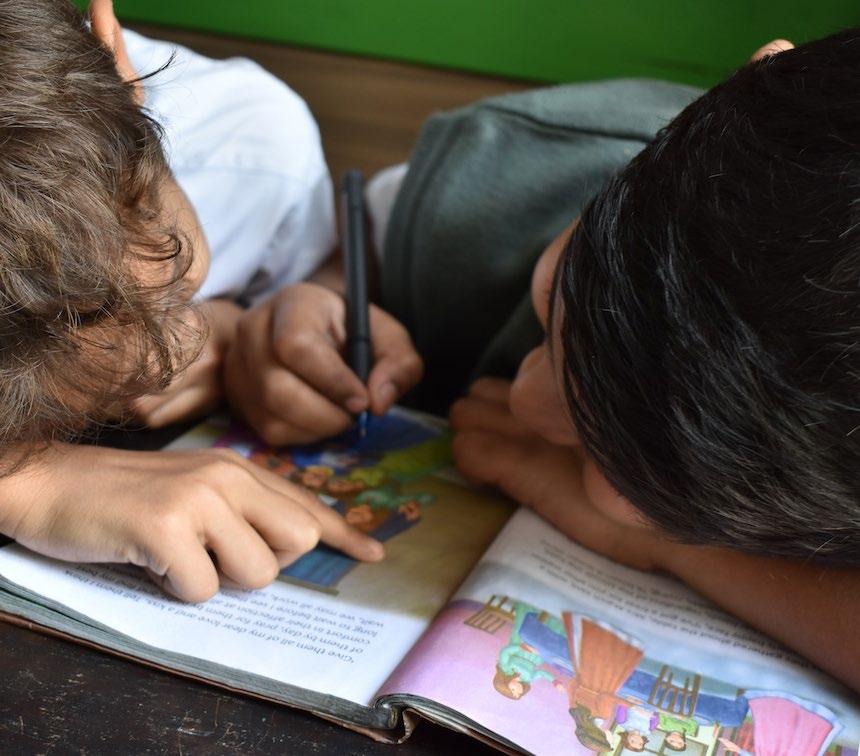
Promoting shared responsibility in parenting fosters more equitable family dynamics and healthier, more respectful relationships between adults and children, ensuring their holistic development in a violence-free environment.
Parenting
must be grounded in the understanding that children and adolescents are human beings with full dignity and equal value. Violence is never acceptable—love never hurts.
To achieve this, it is essential to form alliances with state and civil society organizations to train parents and professionals in co-parenting, aligned with the rights of children outlined in the Convention on the Rights of the Child. Additionally, public policies must promote gender equality and shared parental responsibility.
Community mobilization—including that of faith communities—plays a crucial role in raising awareness and pressuring the state to enact legislative and policy changes that protect children. Public policies should guarantee parenting time without compromising job security, implement accessible childcare centres, and strengthen laws that criminalize violence against children. Prevention is key to reducing risky behaviours, improving mental health, and breaking the intergenerational cycle of trauma.
Child-rearing must be grounded in the understanding that children and adolescents are human beings with full dignity and equal value. Violence is never acceptable—love never hurts. For healthy growth and full development, it is essential to respect and protect children’s fundamental rights, shielding them from neglect, abuse, exploitation, armed conflict, child labour, and discrimination. Their development is nurtured by affection, play, education, and information in environments of trust where they can express their views—encouraging autonomy and participation.
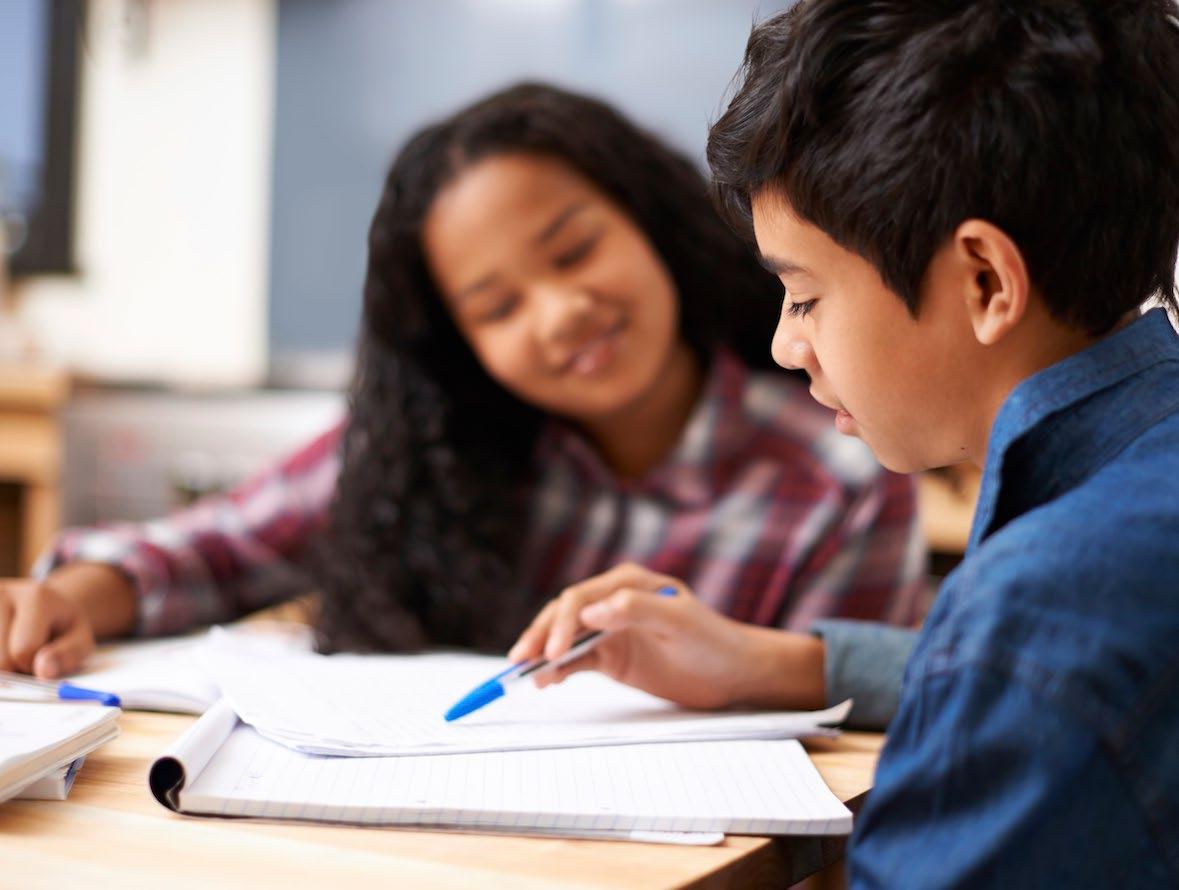
The worlds of children and adults are different but equally valuable. The normalization of child abuse in the family setting is a serious concern, as violence has significant physical, neurological, psychological, and social impacts on development. To combat this, we must take a holistic approach—promoting non-violence, engaging both faith communities and the state, advancing education, and strengthening public policies that support child protection and shared parental responsibility. The family, school, church, and neighbourhood must become spaces where children and adolescents are recognized as individuals of full dignity and empowered to contribute to society.
In conclusion, this analysis emphasizes the relational and multifactorial nature of violence affecting children and adolescents. The pandemic exposed a dangerous normalization of abuse within family settings, with far-reaching consequences. Addressing this reality requires a comprehensive approach that promotes non-violence through partnerships between the state, civil society organizations, and families—raising awareness and reinforcing child protection systems through strong public policies and co-responsible parenting.
REFERENCES
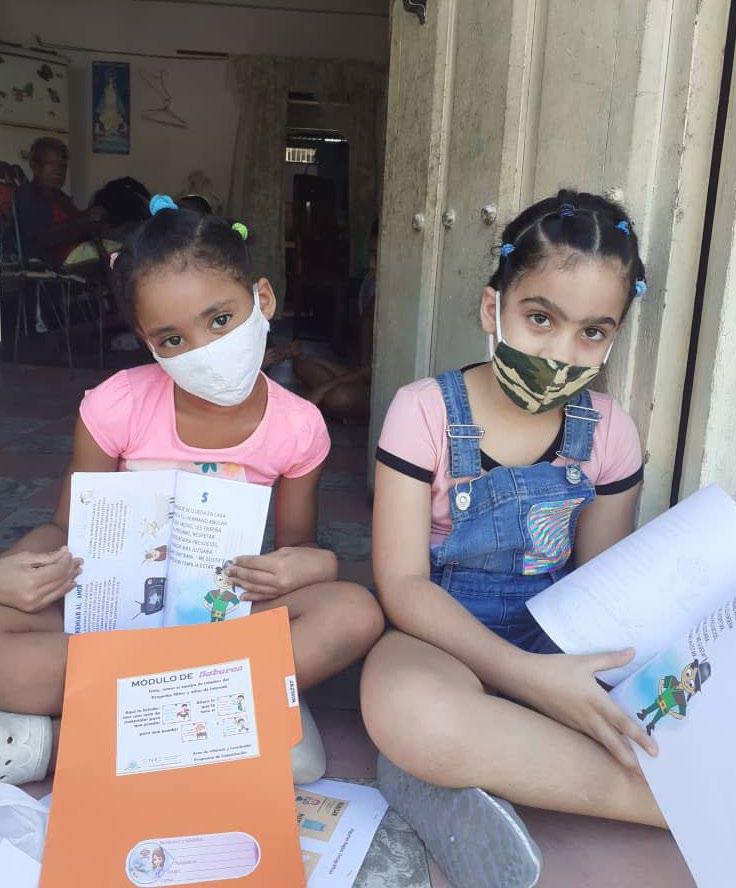
• Alicia Casas Gorgal, A. V. (2018). Crecer con Amor: Ideas para ayudar a padres y madres a educar a sus hijos e hijas con buentrato. Talleres gráficos Creafrag.
• Garcia, V. H. (s.f.). Johan Galtung: La transformación de los conflictos por medios pacíficos. Obtenido de Dialnet: https://dialnet.unirioja.es/servlet/articulo?codigo=595158
• Lopez, M. E. (2005). Me conozco, me quie (Valeriano, 2025)ro, me cuido . Lima: Impresión Arte Perú S.A.C.
• Prevencion de la Violencia. (2025). Obtenido de organización Panamericana de la Salud : https://www.paho. org/es/temas/prevencion-violencia
• Vasquez, A. (s.f.). Resiliencias y sentido del humor. Herramientas posibles para el trabajo del psicólogo con adolescentes en situaciones de pobreza. Montevideo: Facultad de psicología, Universidad católica del Uruguay.
• Valeriano, J. (17 de Enero de 2025). 17 niños son maltratados a diario en Honduras, según datos de la Senaf. Obtenido de https://www.elheraldo.hn/honduras/mas-17-ninos-maltratados-diario-honduras-segun-datos-senaf-EH23607102
• Vincentt Felitti, R. F. (May de 1998). Relationship of Childhood Abuse and Household Dysfunction to Many of the Leading Causes of Death in Adults. Recuperado el 2025, de CDC-Kaiser ACE Study: https://www. ajpmonline.org/article/S0749-3797(98)00017-8/fulltext
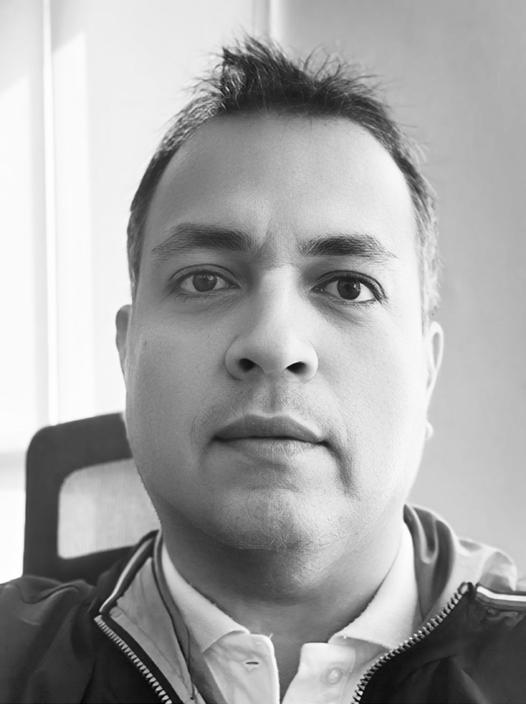
Julio Noriega
Holds a degree in Law and Political Science from San Martín de Porres University. Licensed attorney registered with the Illustrious Bar Association of Lima.
Completed a Master’s Degree in Criminal Law at Federico Villarreal University. Former Assistant Public Prosecutor and Assistant Provincial Prosecutor in the District of Lima, with experience at the Supreme Prosecutor’s Office of Internal Control, the Public Prosecutor’s Office of the Nation in the areas of Illicit Enrichment and Constitutional Complaints, and the Unit of International Judicial Cooperation and Extraditions.
Previously served as a lawyer for the General Comptroller’s Office of the Republic. Recognized Arbitrator and Extrajudicial Conciliator certified by the Ministry of Justice and Human Rights of Peru. Currently serves as a lawyer for the Ministry of Women and Vulnerable Populations and as a Legal Specialist at the Directorate of Special Protection.
Implementation of the best interest of the child and the non-discrimination principle
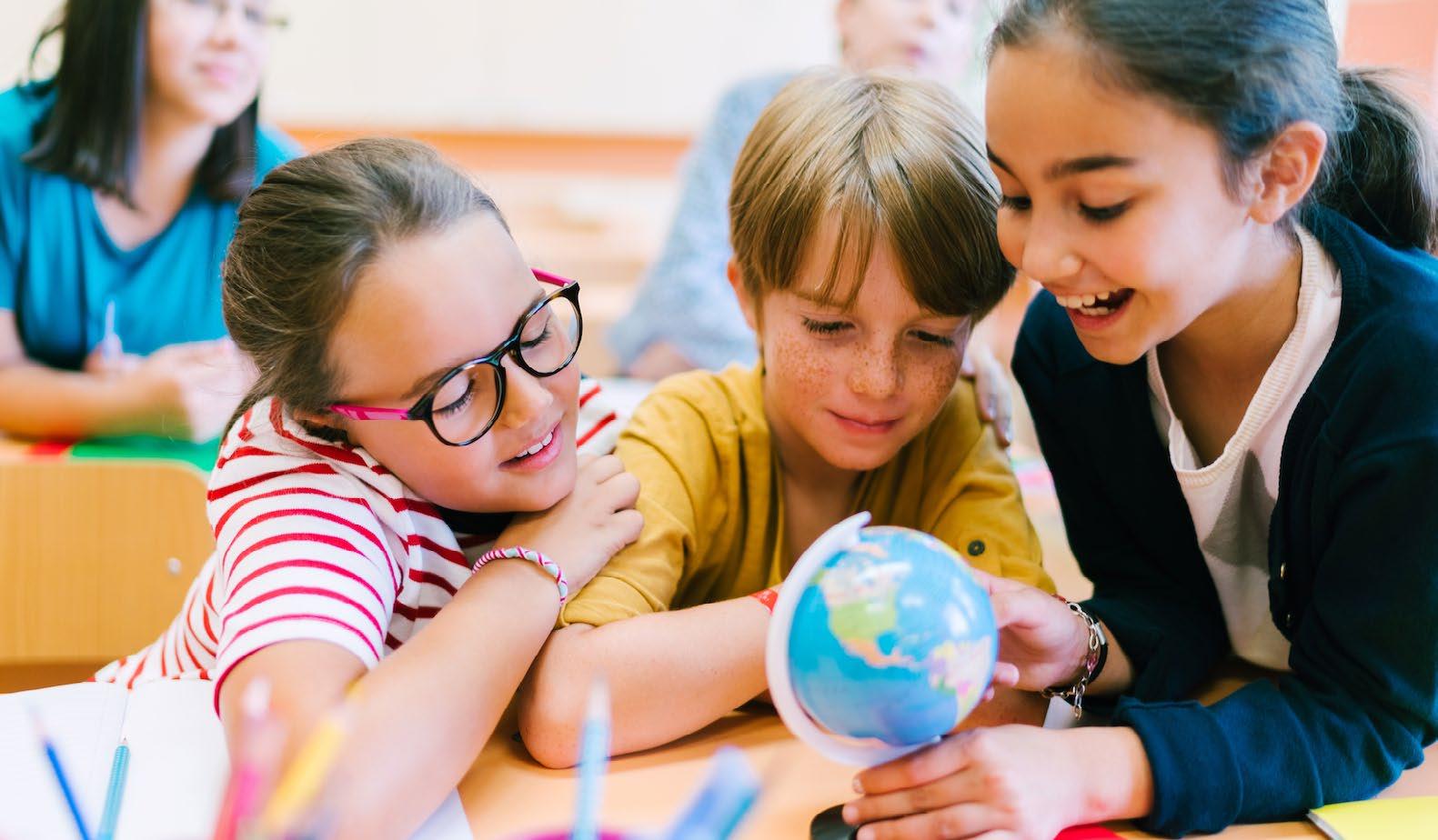
The Best Interests of the Child, as a principle of the Convention on the Rights of the Child, is enshrined in both international norms and Peruvian national legislation. The Political Constitution of Peru, in Chapter II on Social and Economic Rights, Article 4, states that the community and the State must provide special protection, above all, to children and adolescents in situations of abandonment, as well as to the family.
In particular, Article 2 affirms that everyone has the right to life, identity, moral, psychological, and physical integrity, as well as to free development and well-being. In other words, it recognises individuals as subjects of rights. The same article also
Addressing these limitations requires building synergies between religious communities, the state, and civil society to reinforce existing child protection programs and policies.
guarantees equality before the law, offering protection against discrimination based on origin, race, sex, language, religion, opinion, economic status, or any other grounds. It further protects freedom of conscience and religion—both individually and collectively—and the freedom of information, opinion, expression, and dissemination of thought through speech, writing, or images, by any means of social communication, without prior authorization or censorship, subject to legal responsibilities.
The Committee on the Rights of the Child has made several recommendations to the Peruvian State, one of which pertains to the family environment and alternative care arrangements. These aim to align practices with the Guidelines for the Alternative Care of Children, ensuring that States, including Peru, support efforts to keep children and adolescents within the care and protection of their families whenever possible.
It must also be noted that States are obligated to provide support to mothers, fathers, guardians, or other individuals responsible for a child or adolescent, to ensure that children remain in their care and that their rights are not violated.
The Convention on the Rights of the Child, hereinafter “the Convention,” outlines four fundamental principles in favour of the rights of children and adolescents.
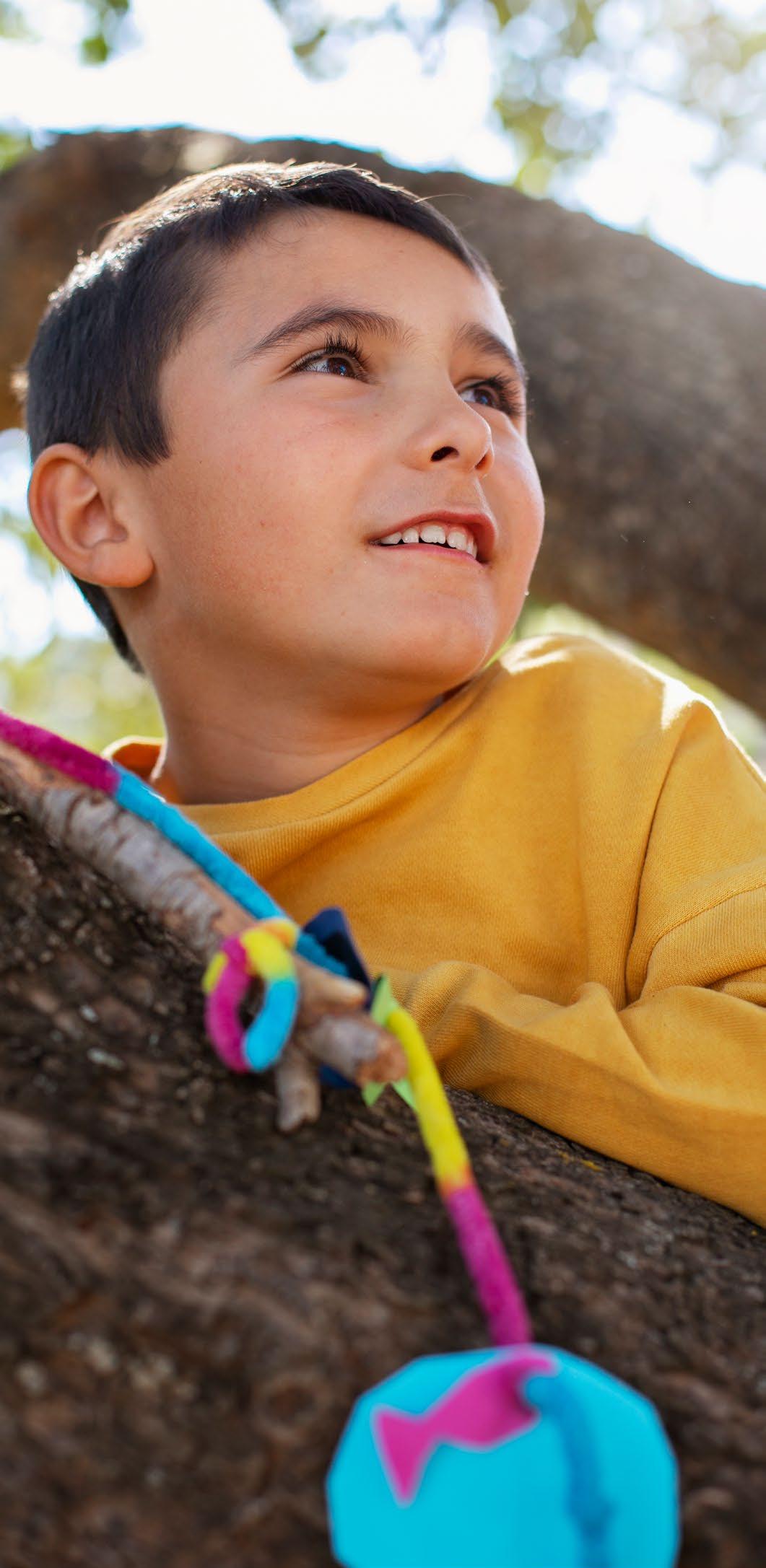
“
The development of ethical guidelines— based on shared values across faiths— would also help guide collaboration with existing protection programs.
Article 2, paragraph 2, of the Convention, states that States must take all appropriate measures to ensure that children and adolescents are protected from all forms of discrimination based on their own or their parents’ status, activities, opinions, or beliefs.
It is worth noting that genderbased discrimination has been acknowledged by religious leaders and faith communities. As the study Faith and Children’s Rights revealed, gender-based discriminatory practices persist in some religious contexts, contradicting the values in their sacred texts.
Christianity
Reverend Julio Murray, reflecting on the principle of non-discrimination from a Christian perspective, emphasized that the church, from the standpoint of universal law, affirms that all human beings—regardless of origin, race, or gender—are created in the image of God. He further asserted that failing to treat others with respect is an insult to God and that discrimination and racism constitute sin.
Christianity teaches that God does not show favouritism or discriminate among human beings, having created both man and woman in His image and likeness, according to the Holy Scriptures. Therefore, significant challenges remain within Christianity to confront and eliminate discrimination and racism.
Judaism
Judaism also emphasizes the equality of men and women, as both are created in the divine image—a perspective similar to that of Christianity. This equality is reinforced through the covenant between God and humanity, according to Noah’s covenant. However, it must be acknowledged that certain behaviours and attitudes persist that do not fully reflect the sacred teachings of Judaism.
Rabbi Pablo Berman highlighted the importance of educating children about non-discrimination. He noted that while a person may possess inner wisdom, it must be reflected outwardly. For some, beauty may be defined by superficial or irrelevant traits, while for others, it represents a particular worldview.
God’s word is divine and holy, and our inner selves should be reflected in our outward behaviour. It is not enough to simply think about protecting and caring for children and adolescents—there must be active efforts to eradicate discriminatory practices, including those sometimes embedded in the cultural norms of faith communities.
The Bahá’í Faith has condemned all acts and forms of prejudice. It promotes gender equality and the abolition of all forms of slavery, firmly advocating for girls’ equal access to education. Notably, it also emphasizes educating boys to foster gender equality within society.
From the Sikh perspective, there is a clear need to maintain a holistic understanding of the Best Interests of the Child —one that is broad, profound, and spiritually grounded, addressing all dimensions of children’s and adolescents’ needs.
Islam, similarly, calls for the elimination of practices that violate rights, especially those affecting girls, as such practices contradict the core teachings of Islam, which forbids inflicting harm on any person .
“
Discriminatory practices against children and adolescents— particularly against girls—remain real and visible in some faith communities… it is essential… to prioritise education and awareness to avoid repeating past mistakes.
”

Discriminatory practices against children and adolescents—particularly against girls— remain real and visible in some faith communities, even when such practices contradict their religious principles. It is essential, as has been noted, to prioritize education and awareness to avoid repeating past mistakes and to ensure that the rights of children are upheld. The Convention regards children as subjects of rights and holders of their legal entitlements.
The major challenge for faith communities is to align their actions with the value and sanctity of children’s lives. Beyond religious identity, sacred texts already affirm the principles of best interests and non-discrimination as rights central to community life, and they even promote a culture of inclusion. Nevertheless, ongoing dialogue between religious life and secular legal frameworks is crucial to guaranteeing the full respect and realization of all children’s and adolescents’ rights—especially the right to live, grow, and develop within their families.
Holistic development must always be guided by the Best Interests of the Child. As noted in General Comment No. 14 (2013) on the child’s right to have their best interests taken as a primary consideration, this principle seeks to ensure that every child and adolescent fully enjoys all the rights recognized by the Convention. Thus, when referring to development as “holistic,” it must encompass physical, moral, mental, psychological, social, educational, health, recreational, and spiritual dimensions.
I believe that the collective challenge we face—as a society, as a State, and as individuals—is to educate and raise awareness at local, regional, national, and international levels that children and adolescents hold the same rights as adults. The right to express an opinion is a cornerstone for shaping decisions and actions that must always take into account their best interests. In this regard, the Peruvian State has been a pioneer in designing and implementing public policies and was among the first to establish a Consultative Council for Children and Adolescents—laying the foundation for more participatory public processes. It is necessary to strengthen these efforts through open dialogue with civil society and faith-based organizations, in alignment with the teachings and values of each faith community.
Secretario General, Albert Ramdin.
Presidenta del Consejo Directivo, Verónica Silva.
Vice-Presidenta del Consejo Directivo, Linda Amaya.
Directora General, Instituto Interamericano del Niño, la Niña y Adolescentes, Organización de los Estados Americanos, María Julia Garcete Yegros.
Líder Global de Incidencia, Arigatou International, Ornella Barros.
Secretario General, Red Global de Religiones a favor de la Niñez, Dr. Mustafa Y. Ali.
Publicación de Arigatou International y el Instituto Interamericano del Niño, la Niña y Adolescentes.
Autores: Mónica Zapata, Dennis Rojas, Susana González, Lesli Pineda, Julio Noriega.
Editores: María José Ananías, Ana Barrera y, Ornella Barros.
Concepto: Adriana Lucía Gómez V.
Diseño: Diana González Molina
Fotografía: Freepik
Primera Edición, Junio 2025 ©Todos los Derechos Reservados
*Los puntos de vista y opiniones expresados en esta publicación son los de los autores y no reflejan necesariamente las políticas o posiciones oficiales del Instituto Interamericano del Niño, la Niña y Adolescentes y Arigatou International.
